History
Our History
Please enjoy reading about the School’s history below, which is based on the work of two authors, Reginald Snell St Christopher School 1915-1975 and Chris McNab St Christopher School: A Short History.
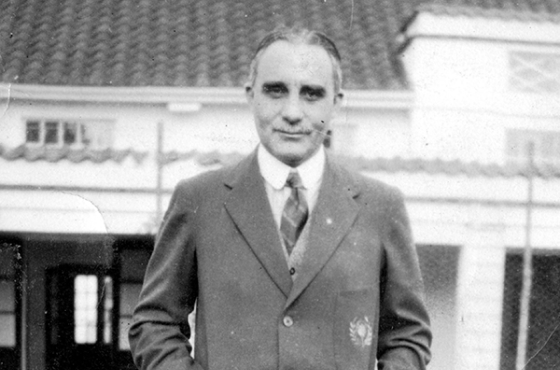
26th December
George Arundale delivers speech at the annual convention of the Theosophical Society.
1912
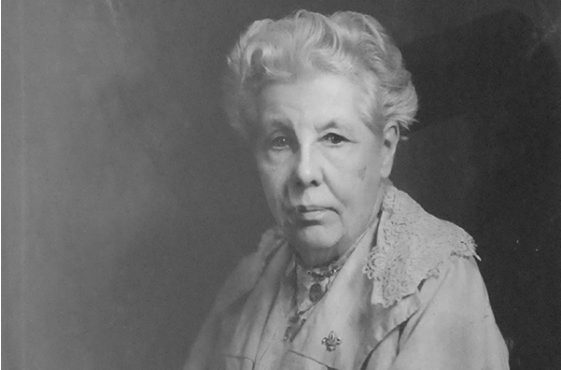
The London Convention of the Theosophical Society.
1913
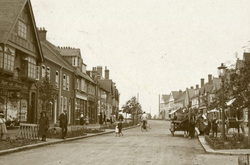
Letchworth Garden City, the world’s first Garden City.
1914
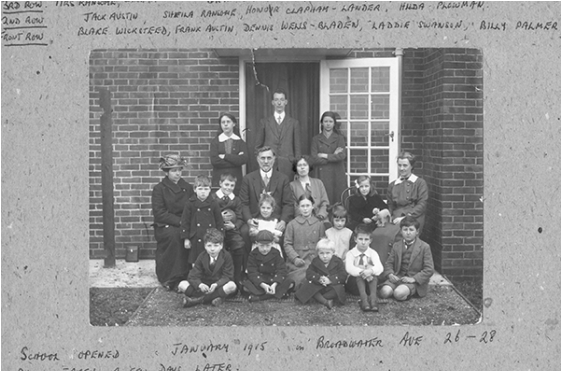
2oth January
St Christopher School (then known as the ‘Garden City Theosophical School’
1915

September 1915
Pupil numbers quickly expanded and new buildings acquired for the re-named Arundale School, on Barrington Road, which still form the heart of St Christopher School today.

1915 - 1916
Sport begins to be played more widely at the School with football, hockey, cricket and athletics teams, and cultural societies such as the Guild of Arts & Crafts and the Scientific Society are founded.
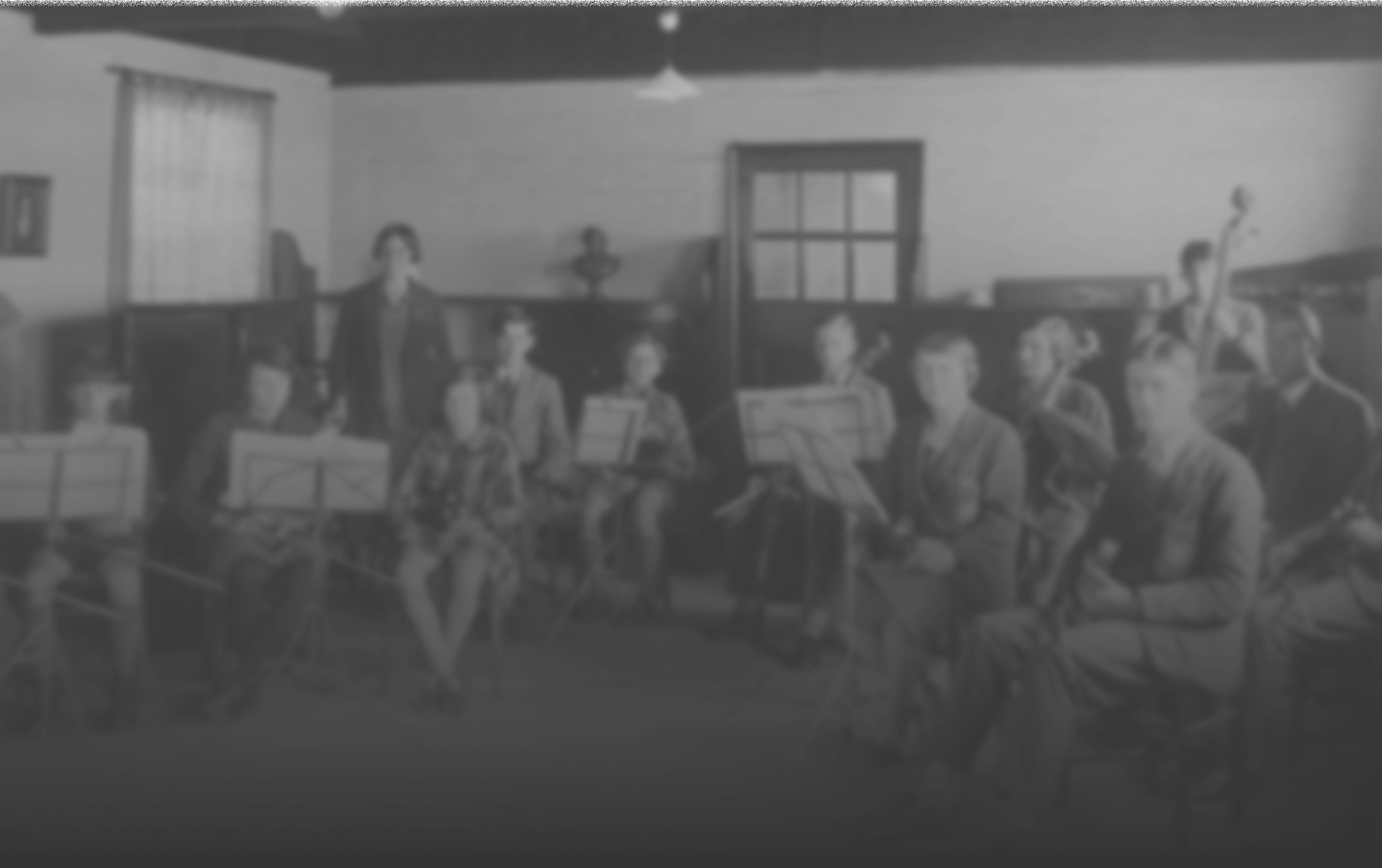
18th Feburary
The School played its first football match, against Hitchin Boys’ School, on its new field, and won, 4-3
1916
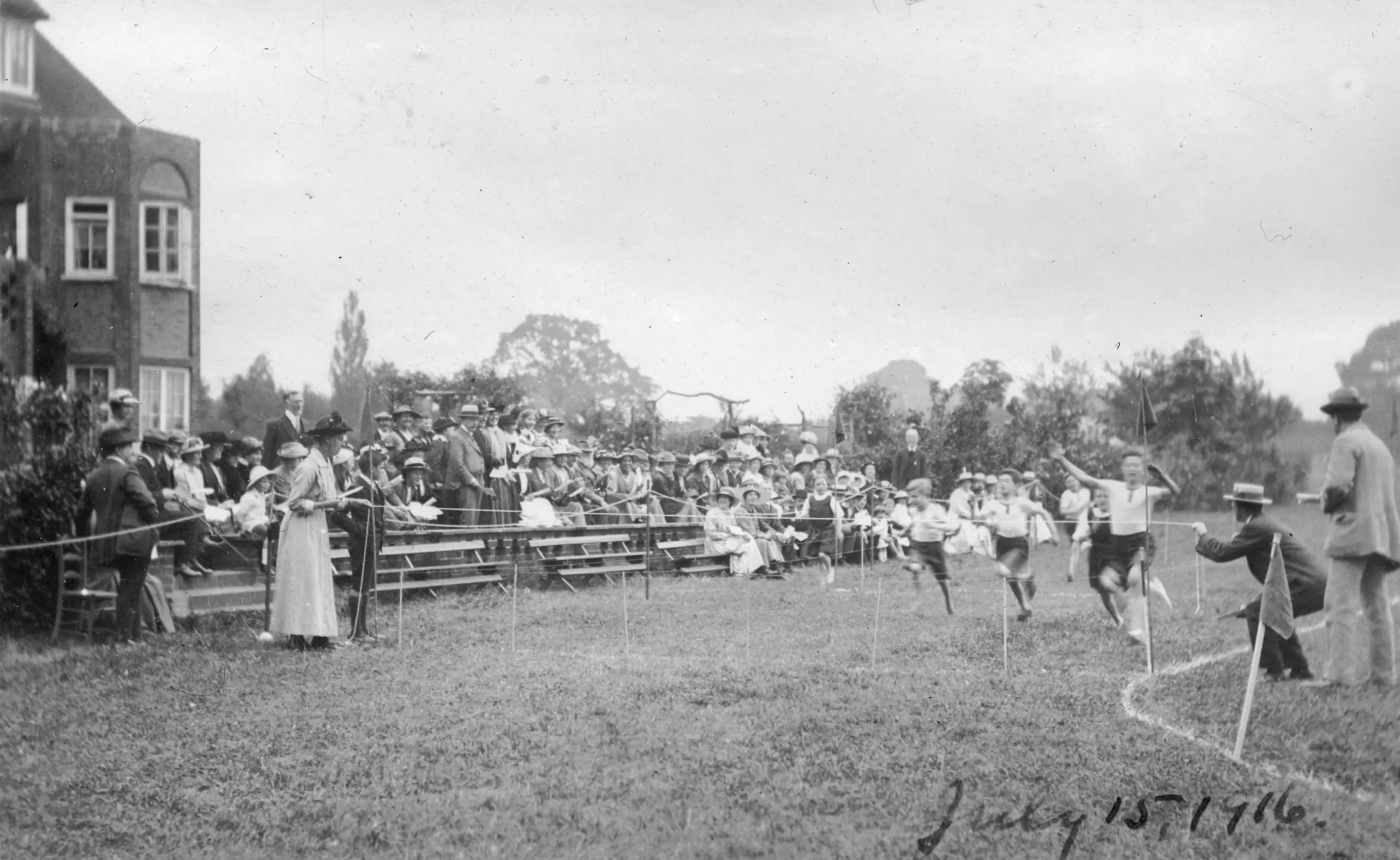
The first athletic sports events held with almost every pupil in the School..

March 1916
The School is brought under the management of the Theosophical Educational Trust, where it remains for 14 years.
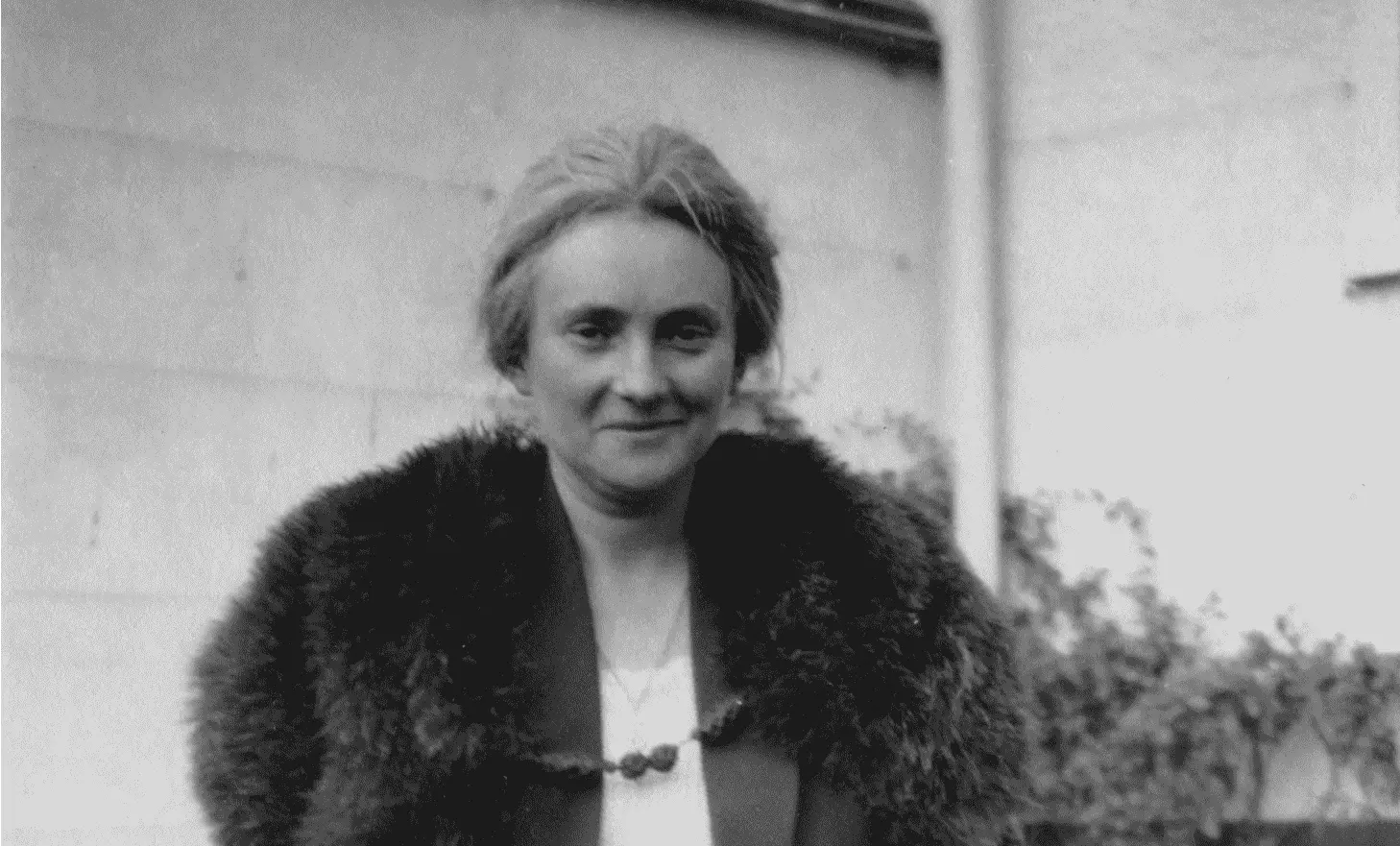
March 1916
Beatrice Ensor becomes the Organising Inspector

25 November 1916
‘The Moot’ founded by a senior group of students which took on governing functions, debating and legislating on school issues such as the care of library books or policies on bullying.
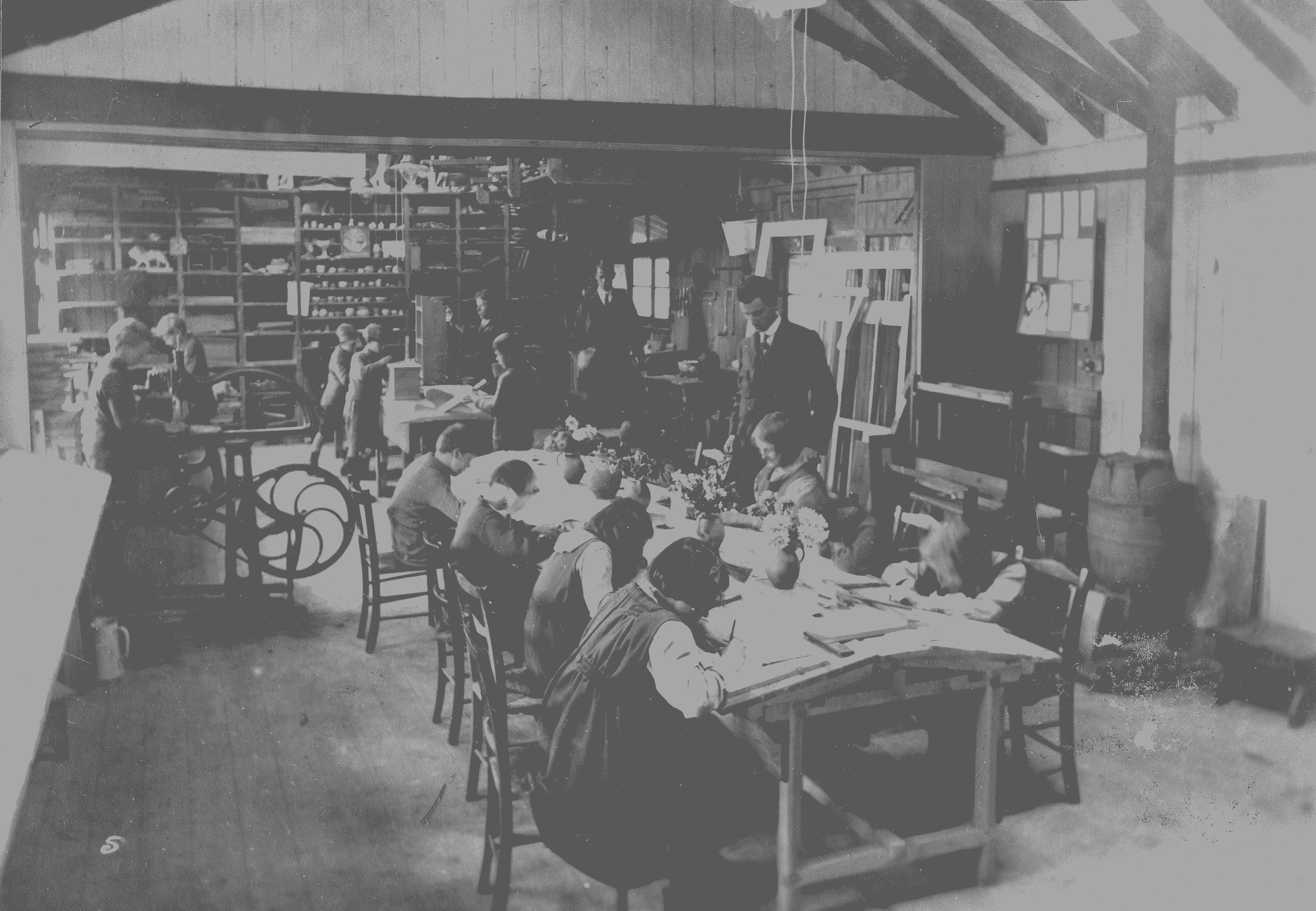
June 1917
First meeting of the Guild of Arts and Crafts, formed by the School’s arts and crafts master Ludwig Van der Straeten, son of a music professor and himself an excellent ‘cellist.
1917

Autumn 1917
The Arundale Magazine started which later became the St Christopher Magazine.
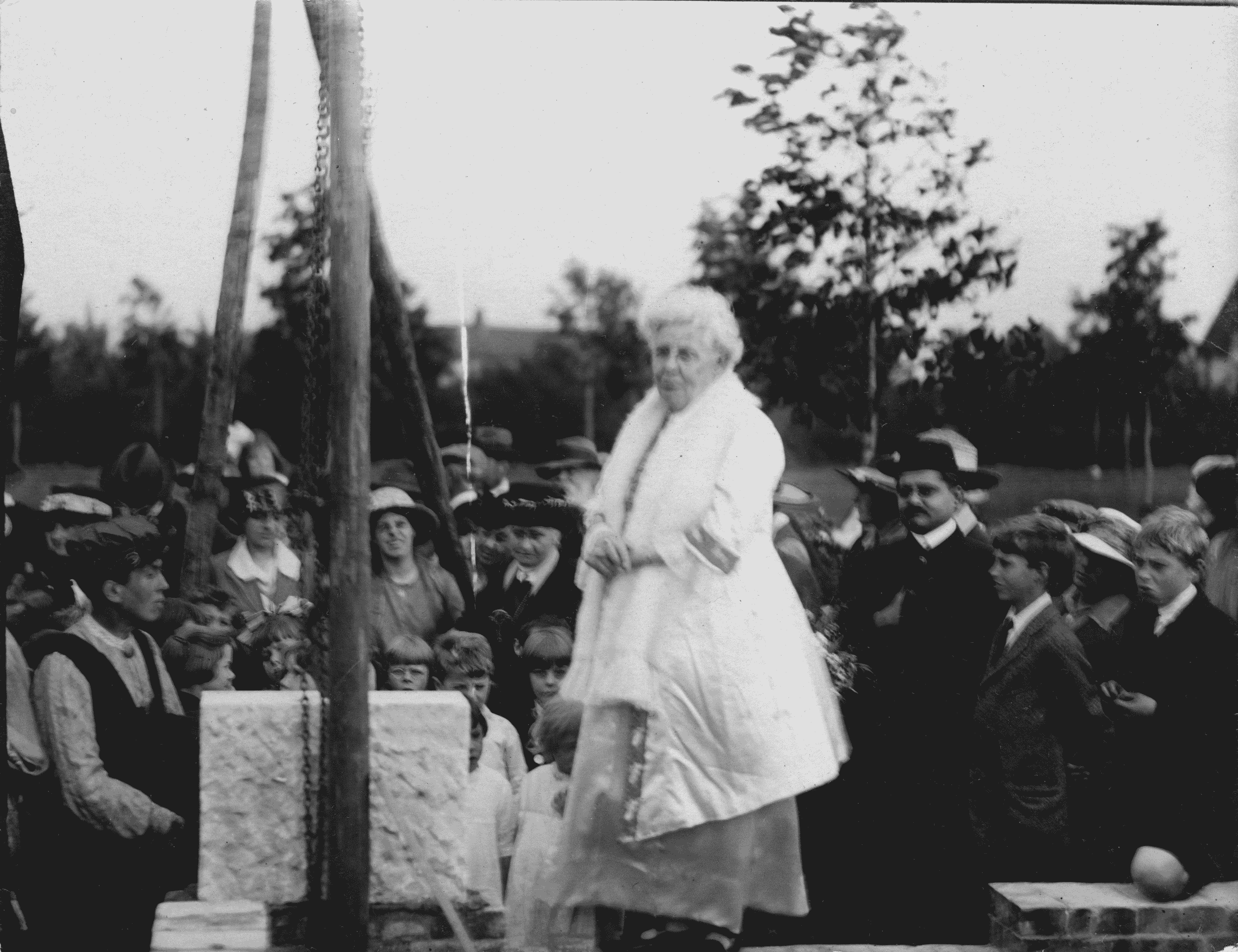
25 September 1919
Foundation stone for a new day school separate to the boarding buildings, laid on the Broadway in Letchworth by Annie Besant.

20 September 1920
Initial meeting of the St Christopher School Council.
1920
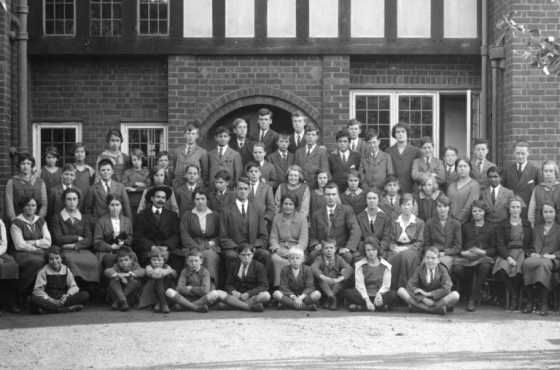
January 1919
Armstrong Smith retires due to ill health.
1919

Autumn 1920
The Parents’ Circle founded – one of the country’s first Parent-Teacher Associations.
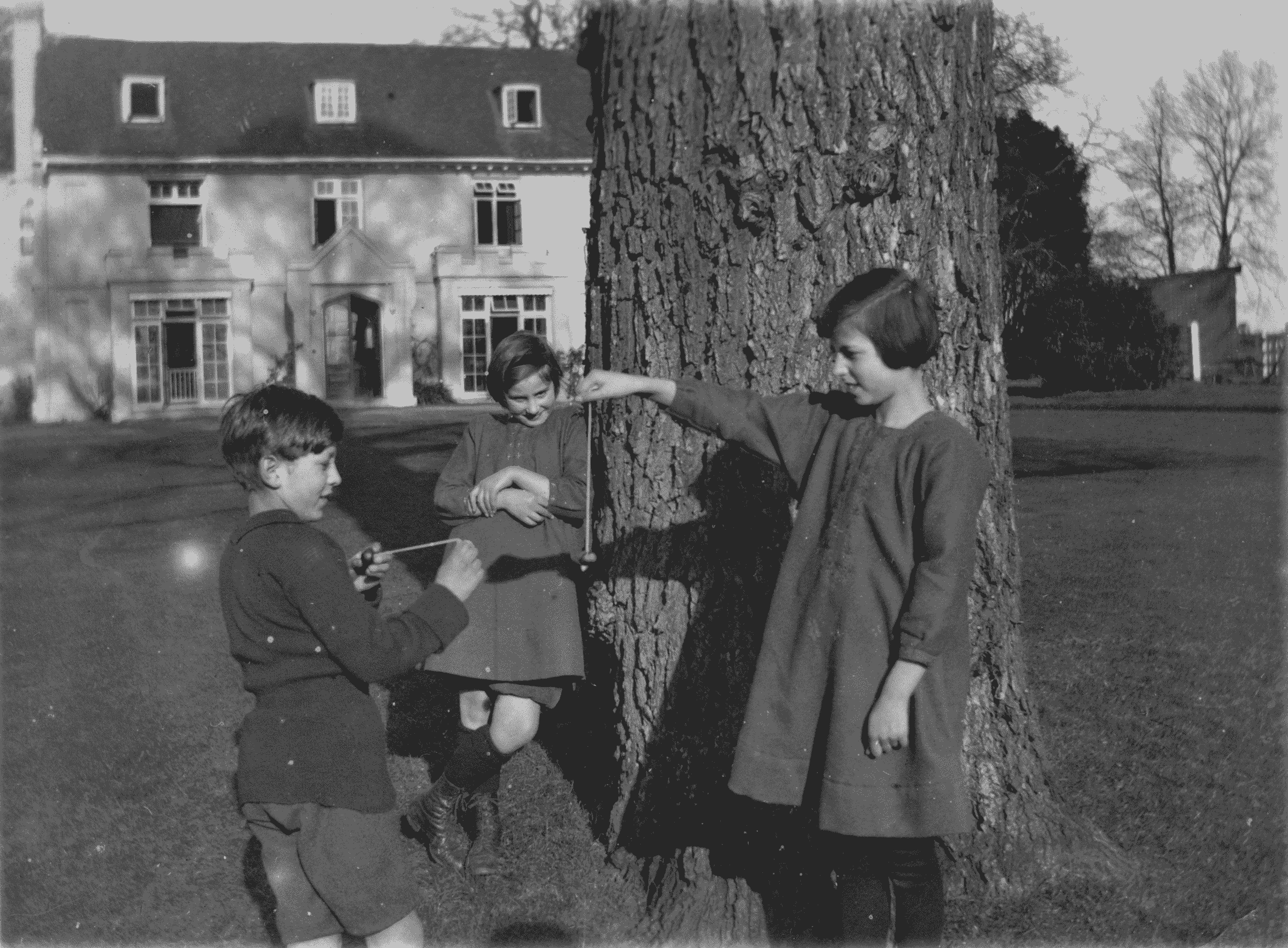
April 1921
Brackenhill Home School, founded.
1921
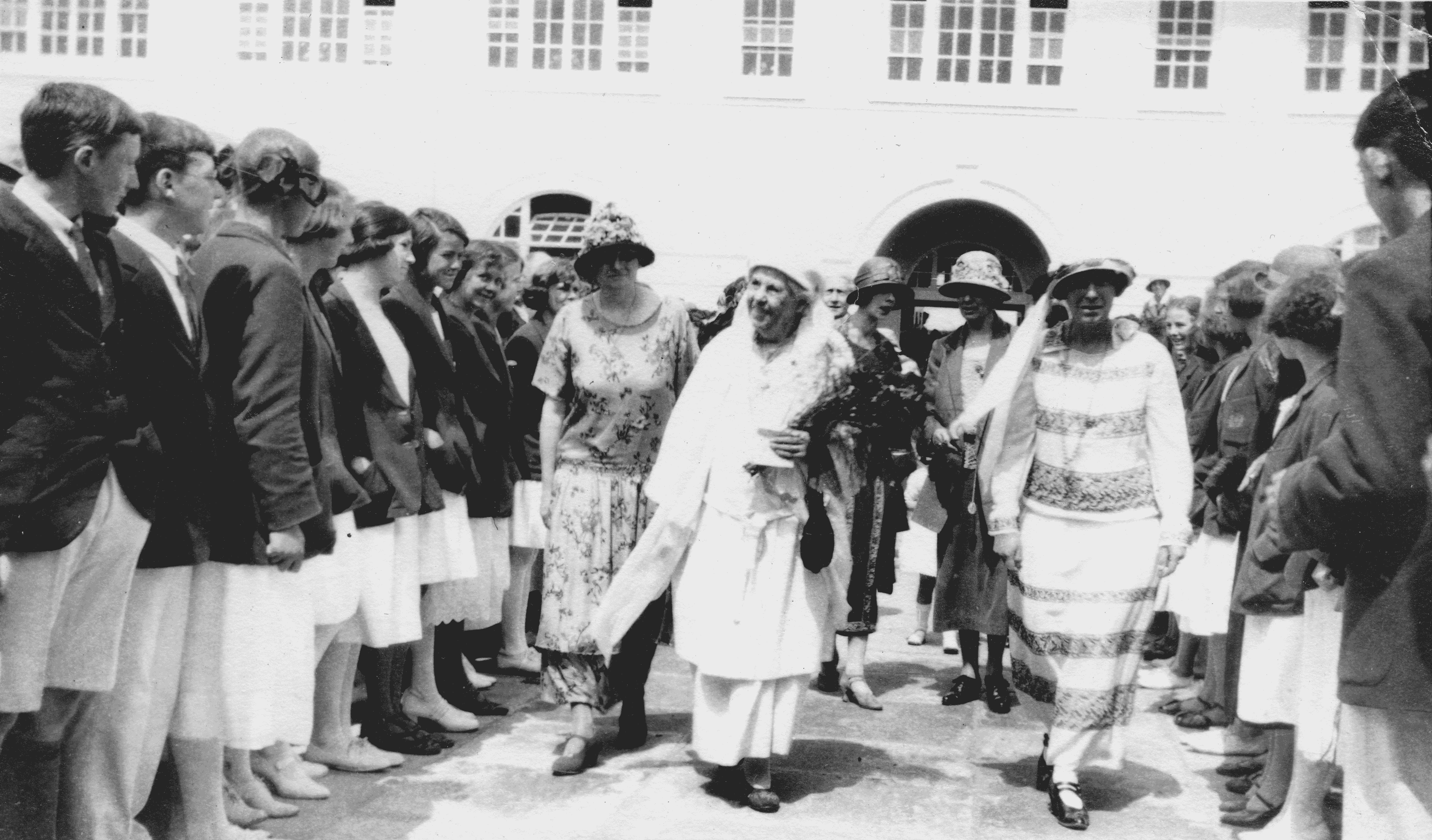
Easter 1921
Ethos of the School carried forward by Isabel King.
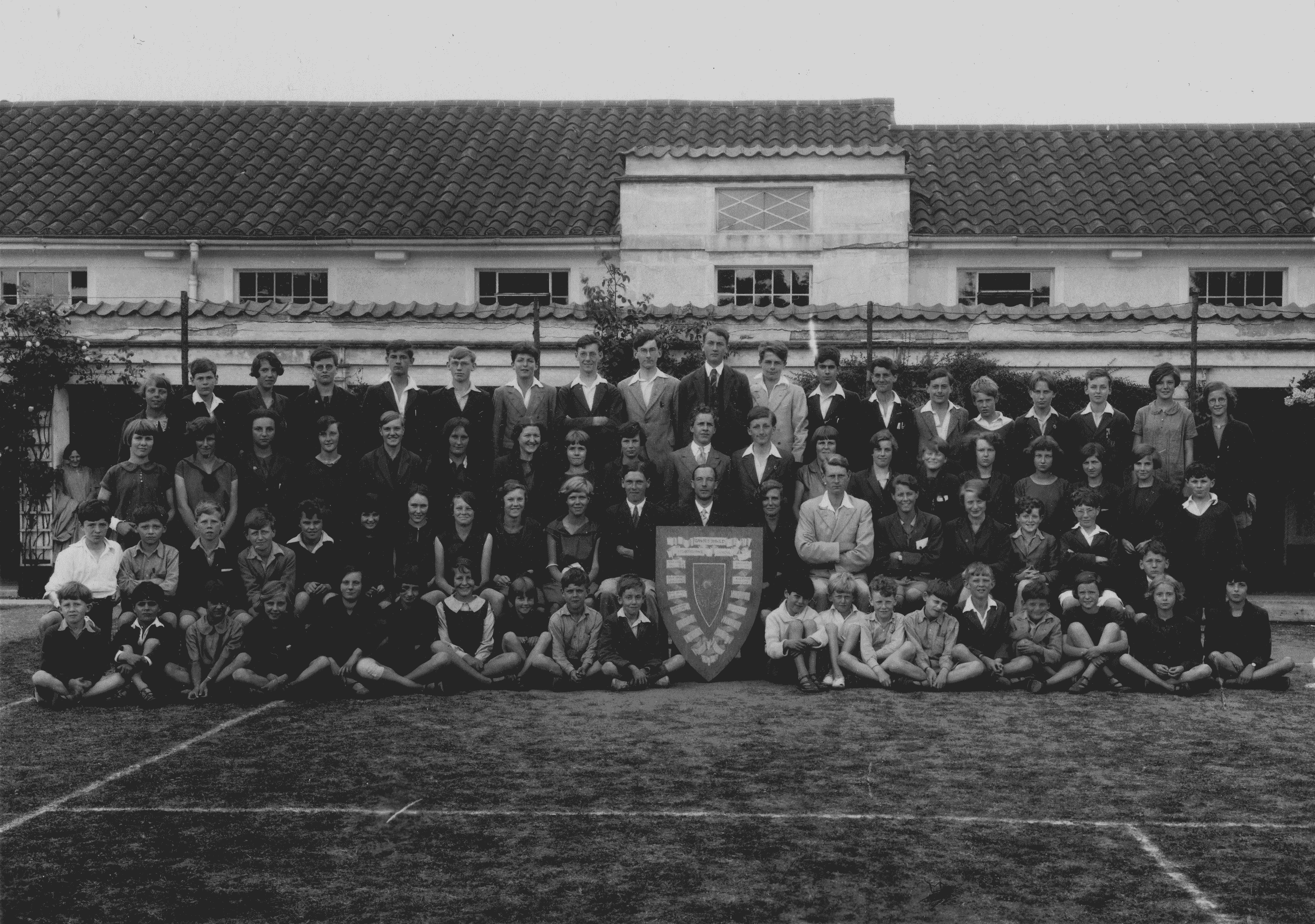
Spring 1921
Four school houses founded.
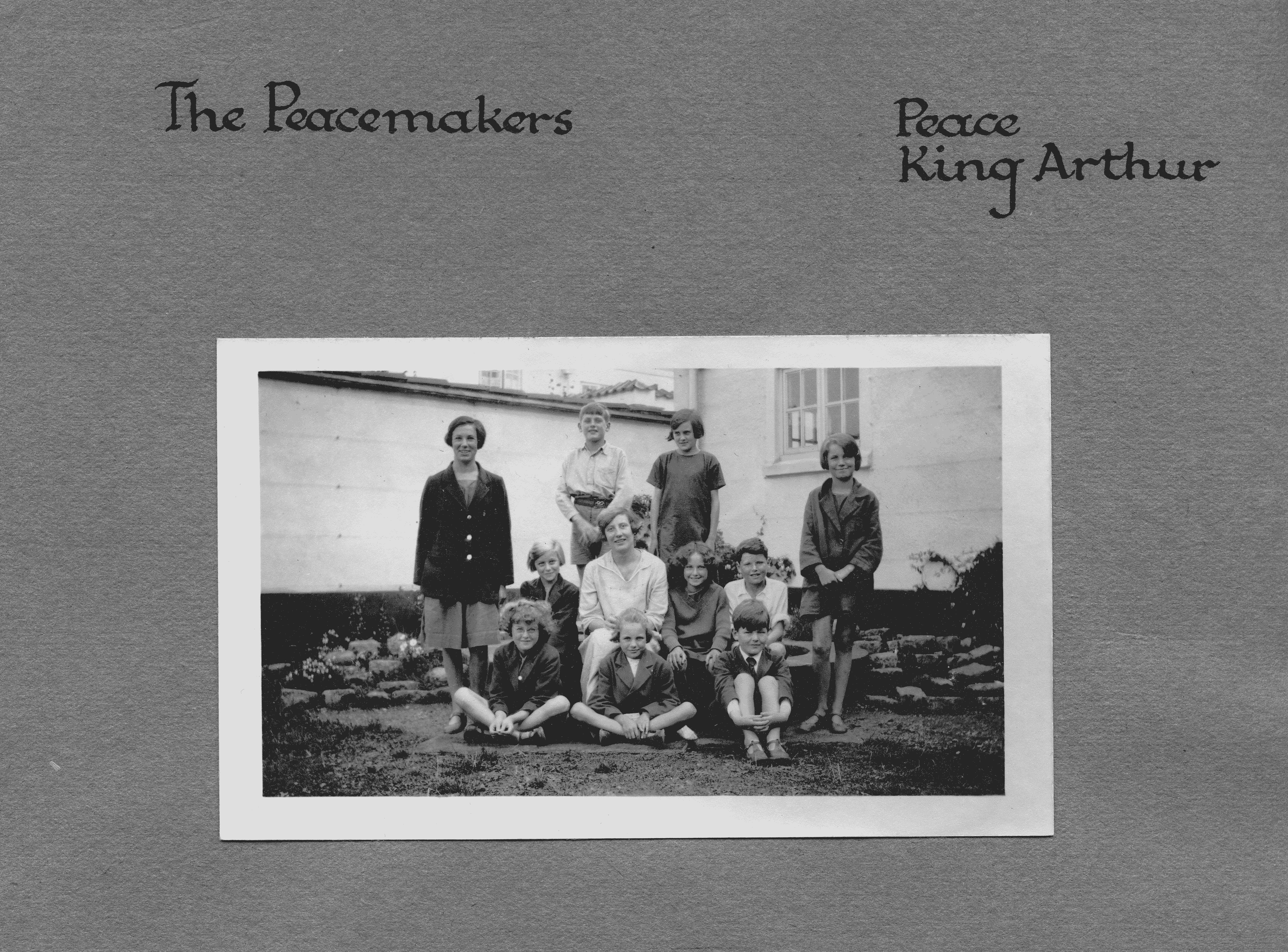
School forms renamed to Groups in the Senior School, numbered I to VI, (not initially – this numbering did not come in until Autumn 1960.
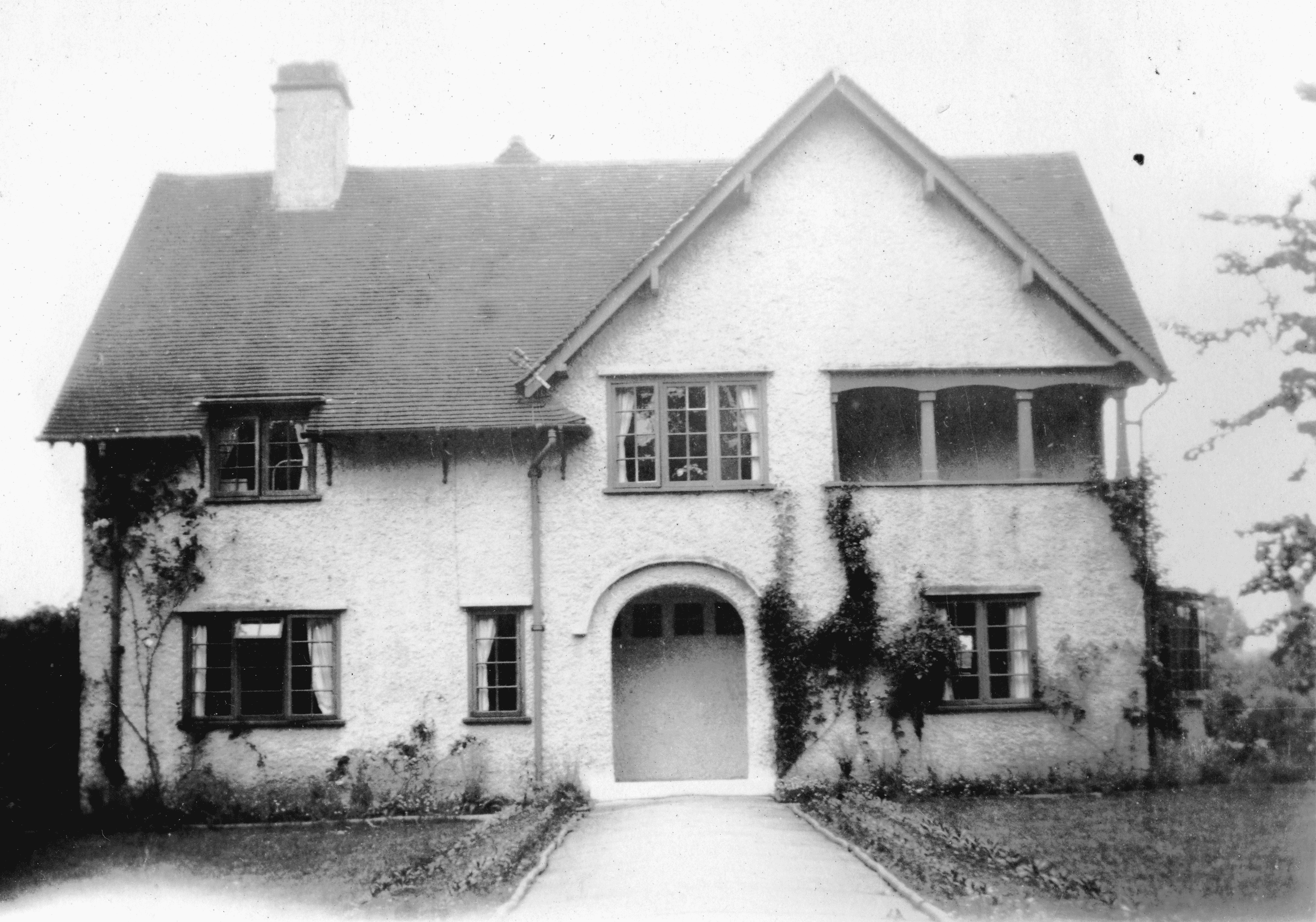
December 1921
Coleacre bought, and renamed Barrington Lodge.
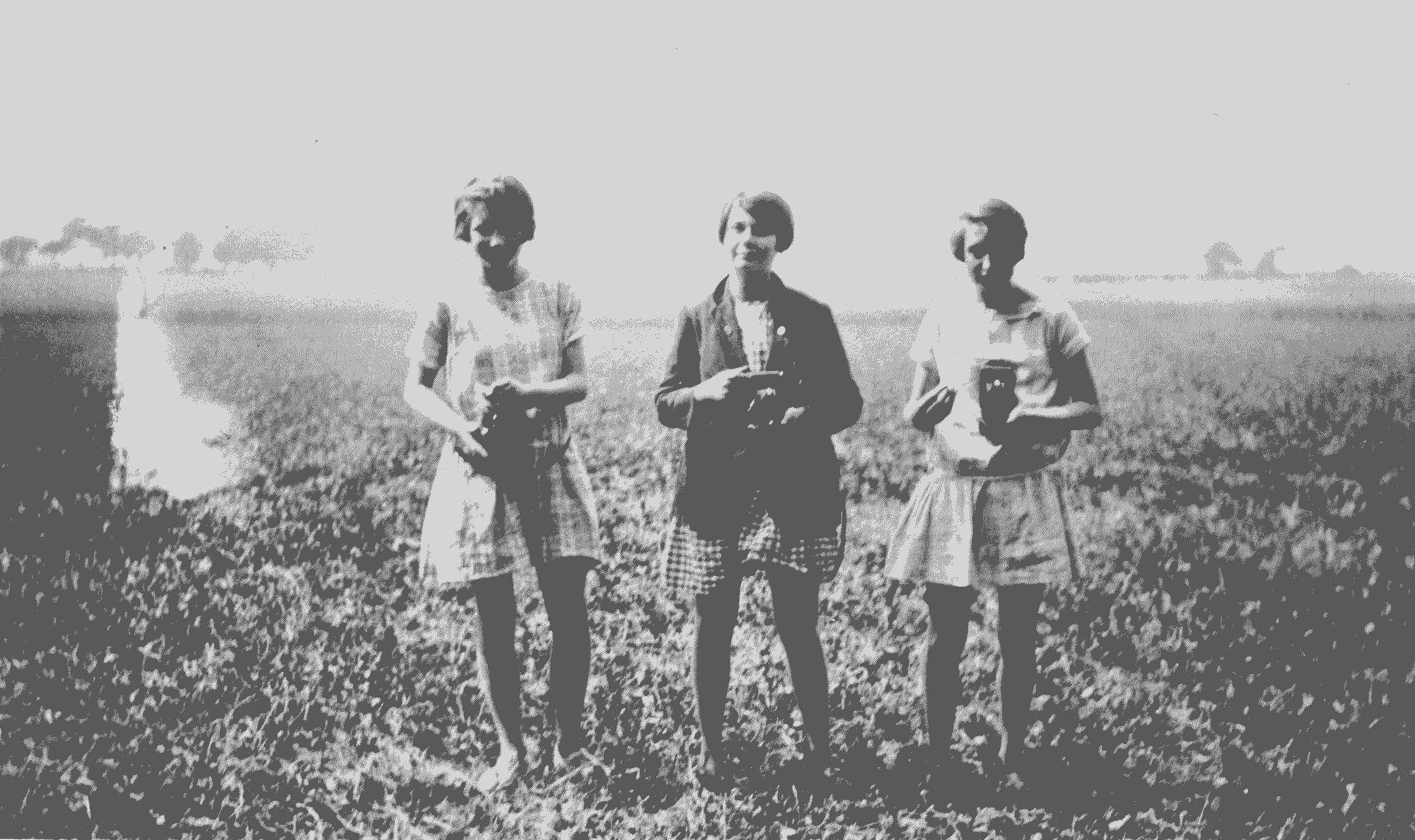
1920's
The St Christopher Camera Club in action in the 1920s.
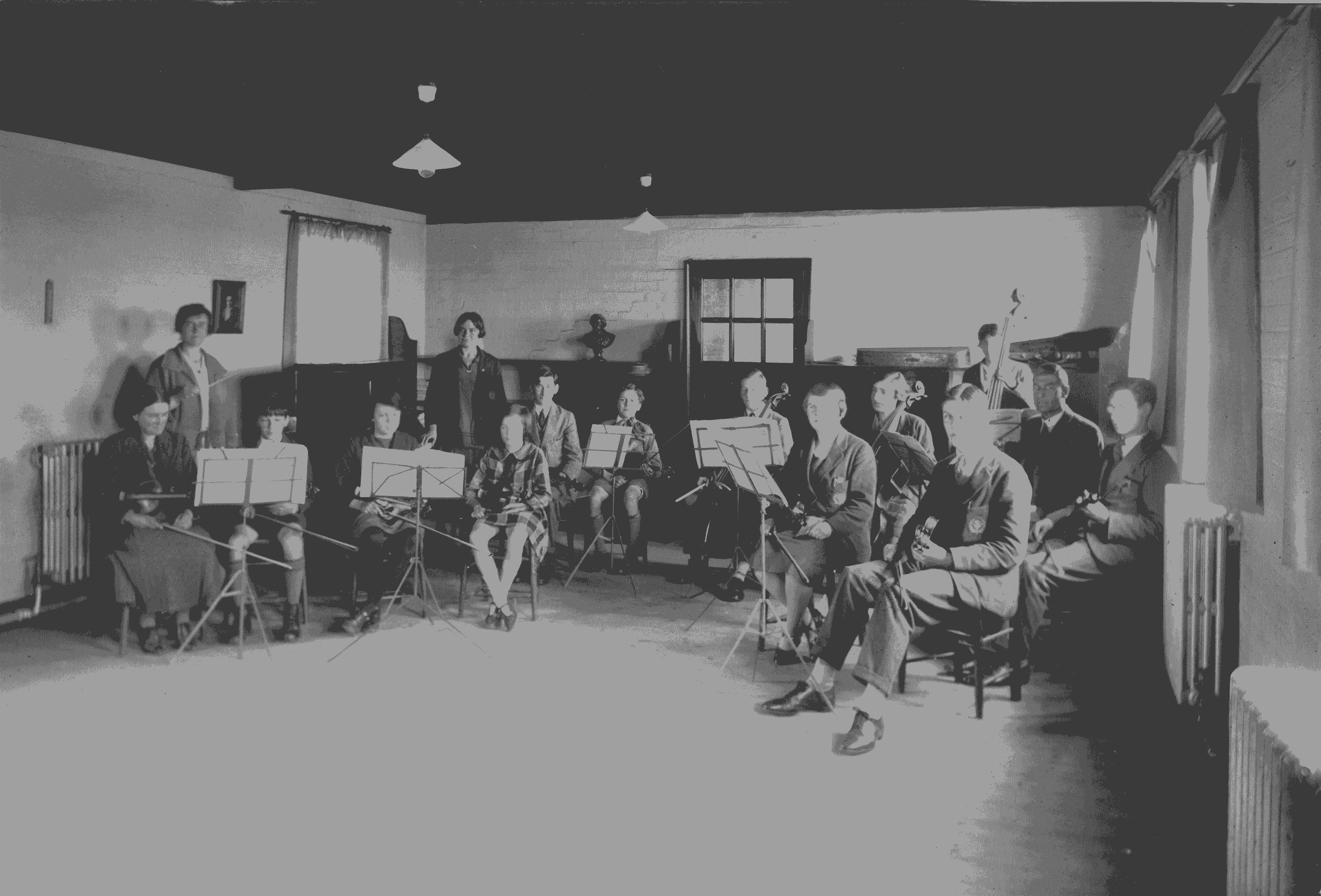
St Christopher School roll increases to 189 pupils.
1922-24
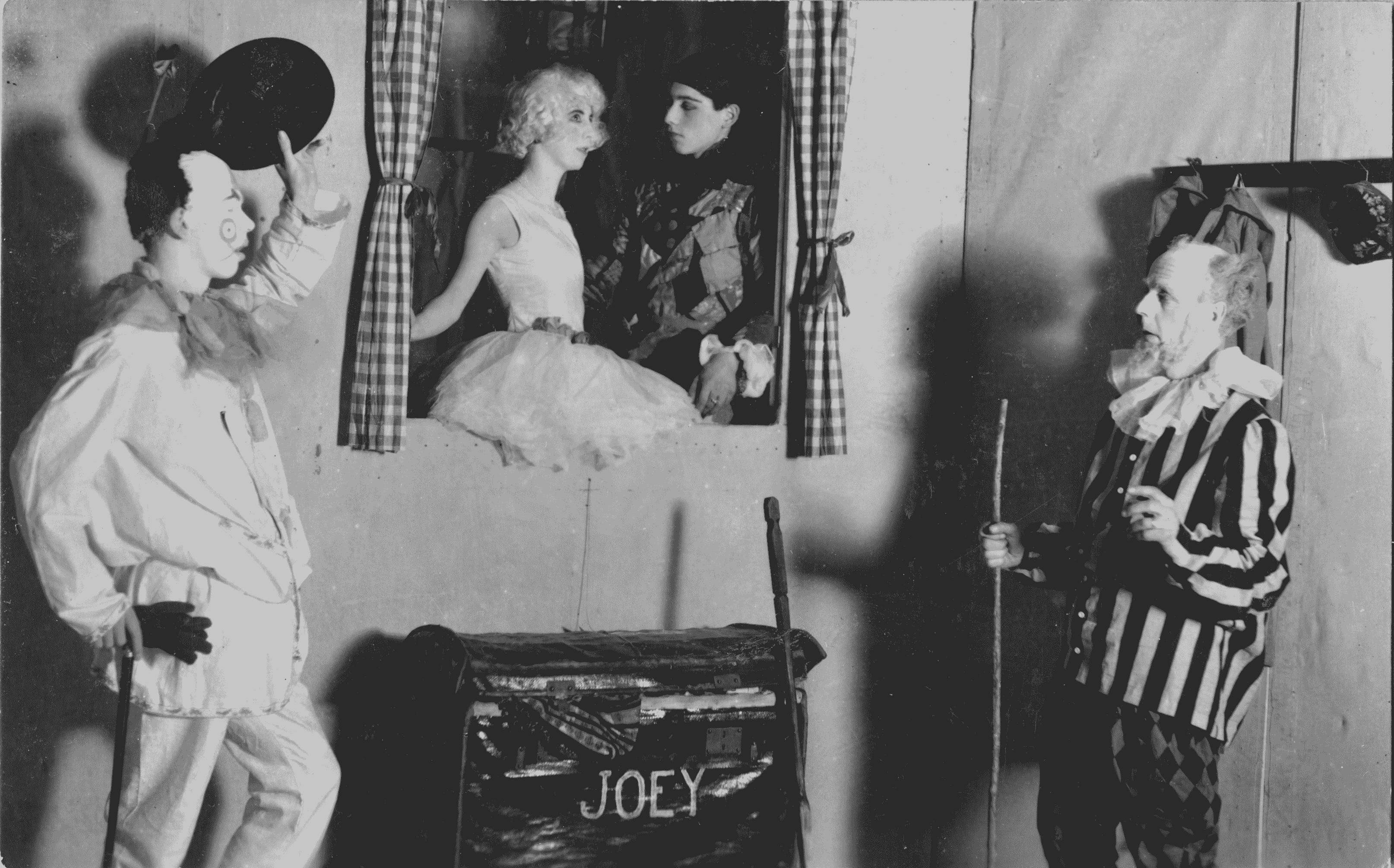
January 1920
The programme for Through the Crack.
1925

1920-1925
Development of the Guilds.

1920-1925
The Training College set up to train a ‘new style of teacher’.

Autumn 1920
The Parents’ Circle founded – one of the country’s first Parent-Teacher Associations.
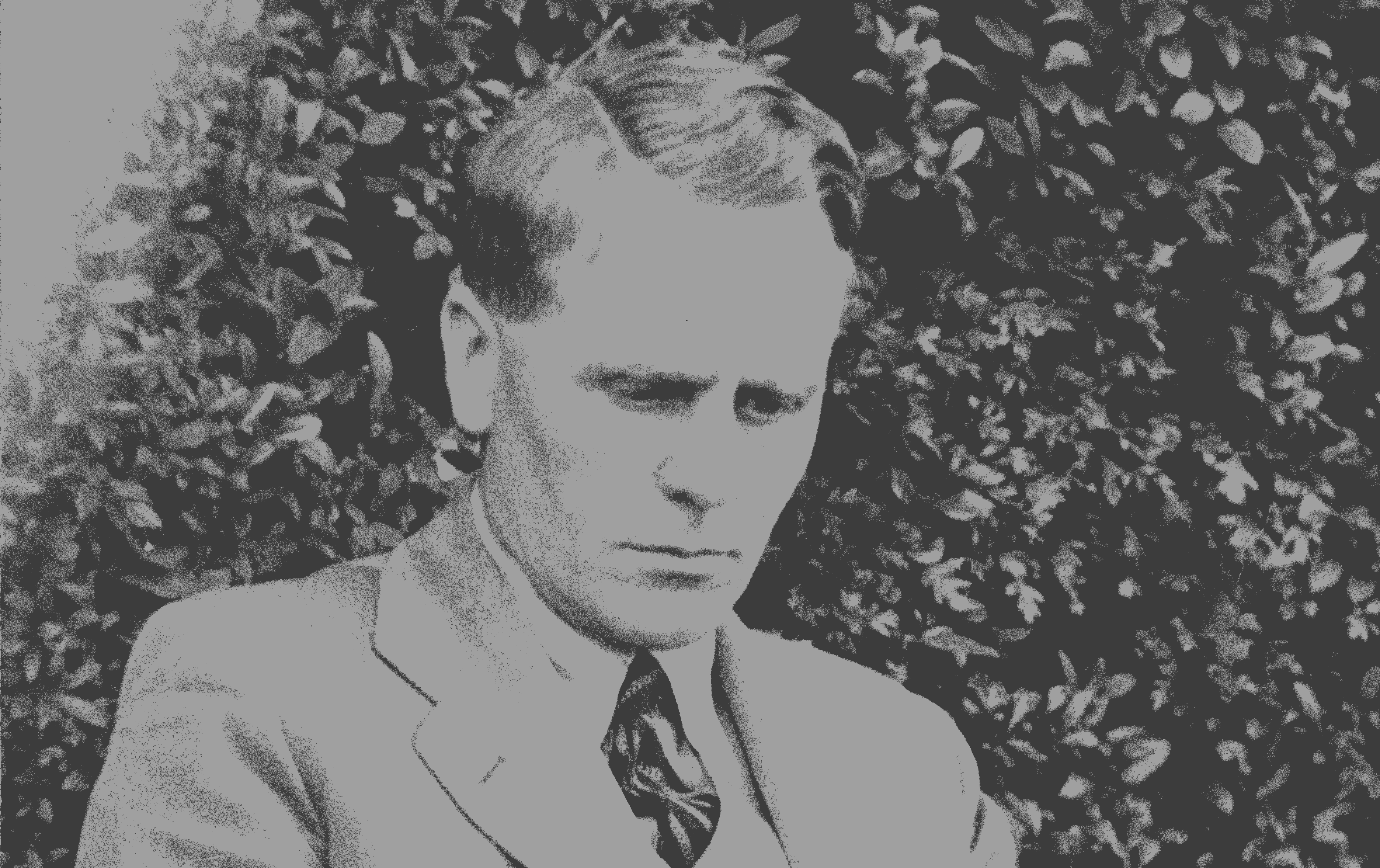
1925
Headship taken over by Lyn Harris (1925 – 1953), aided by his wife, Eleanor. Lyn was a Quaker and many of his beliefs and principles shaped the School and are still in evidence today.

1926-27
The Board had alienated one of its former donors.
1926

1924-25
Isabel King and Beatrice Ensor resign.

1928
Lyn Harris proposes to sell the Broadway building.
1928

Autumn 1926
A school diary is begun. A pupil is elected each term to write about events at the school.

1930
Lyn Harris and old scholar Tom Diss become business partner.
1930
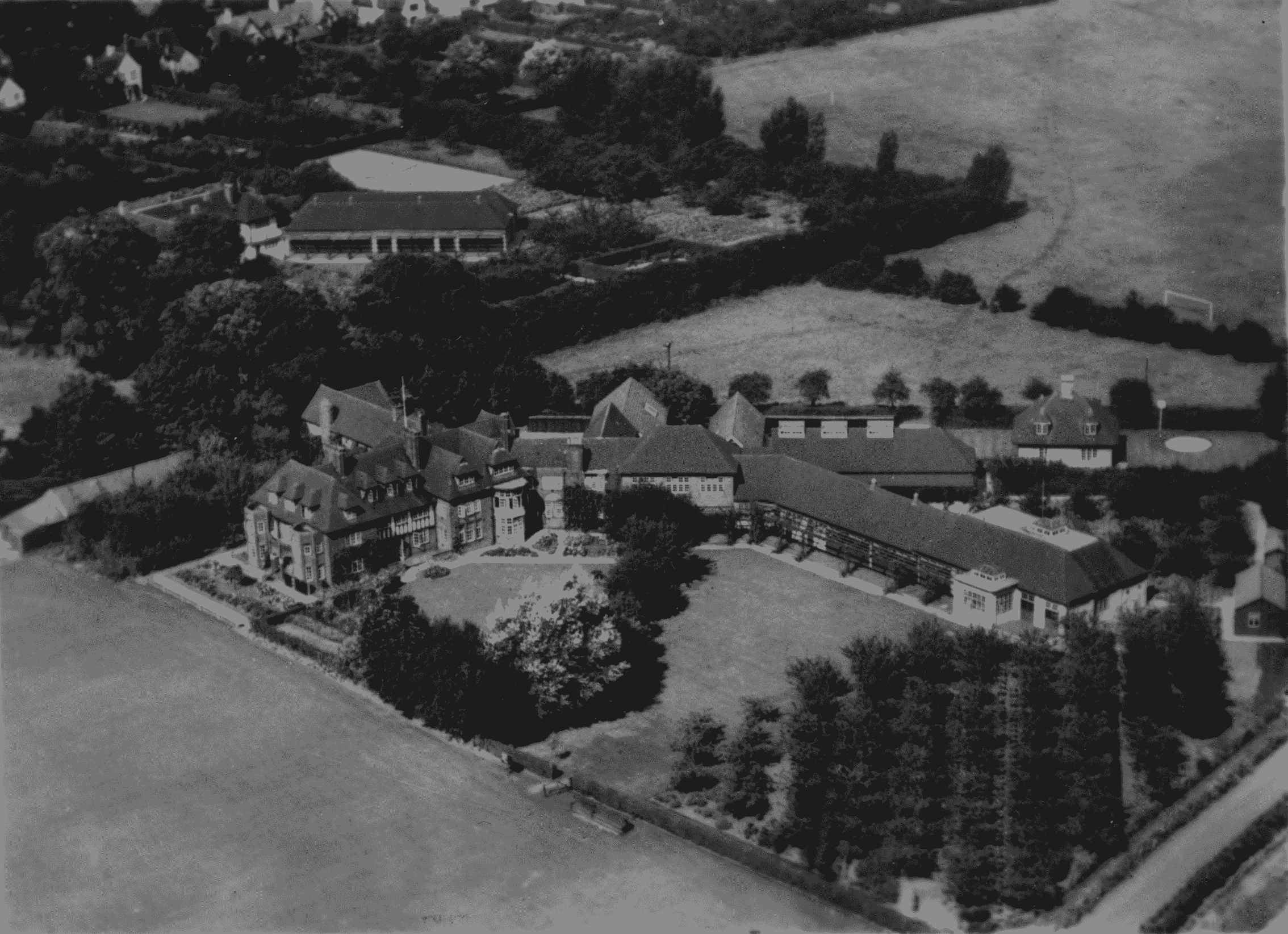
1929
Disagreements between Lyn Harris and the Theosophical Educational Trust.
1929
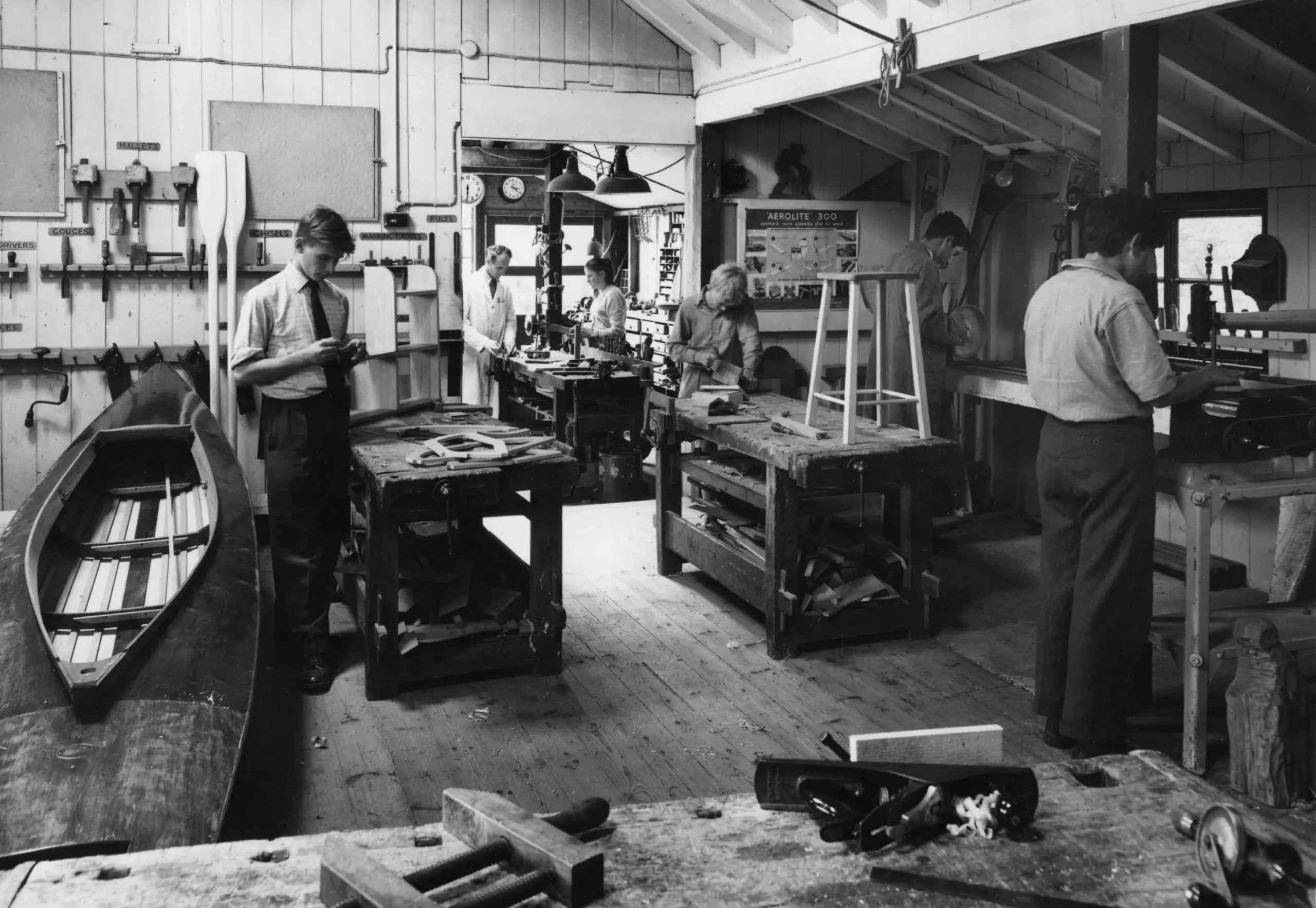
1930
A system is introduced where competent and trustworthy pupils are appointed to a Panel; they are entrusted with keys to the craft shop and can work in it whe

1930s
Music flourish under Director of Music, Sidney Twemlow.

1930s
Lyn Harris introduces Service Time.

Spring 1932
Some senior pupils start a “Buy British” campaignnever they like.
1932

June 1932
The pupils are shocked by the theft of some money.
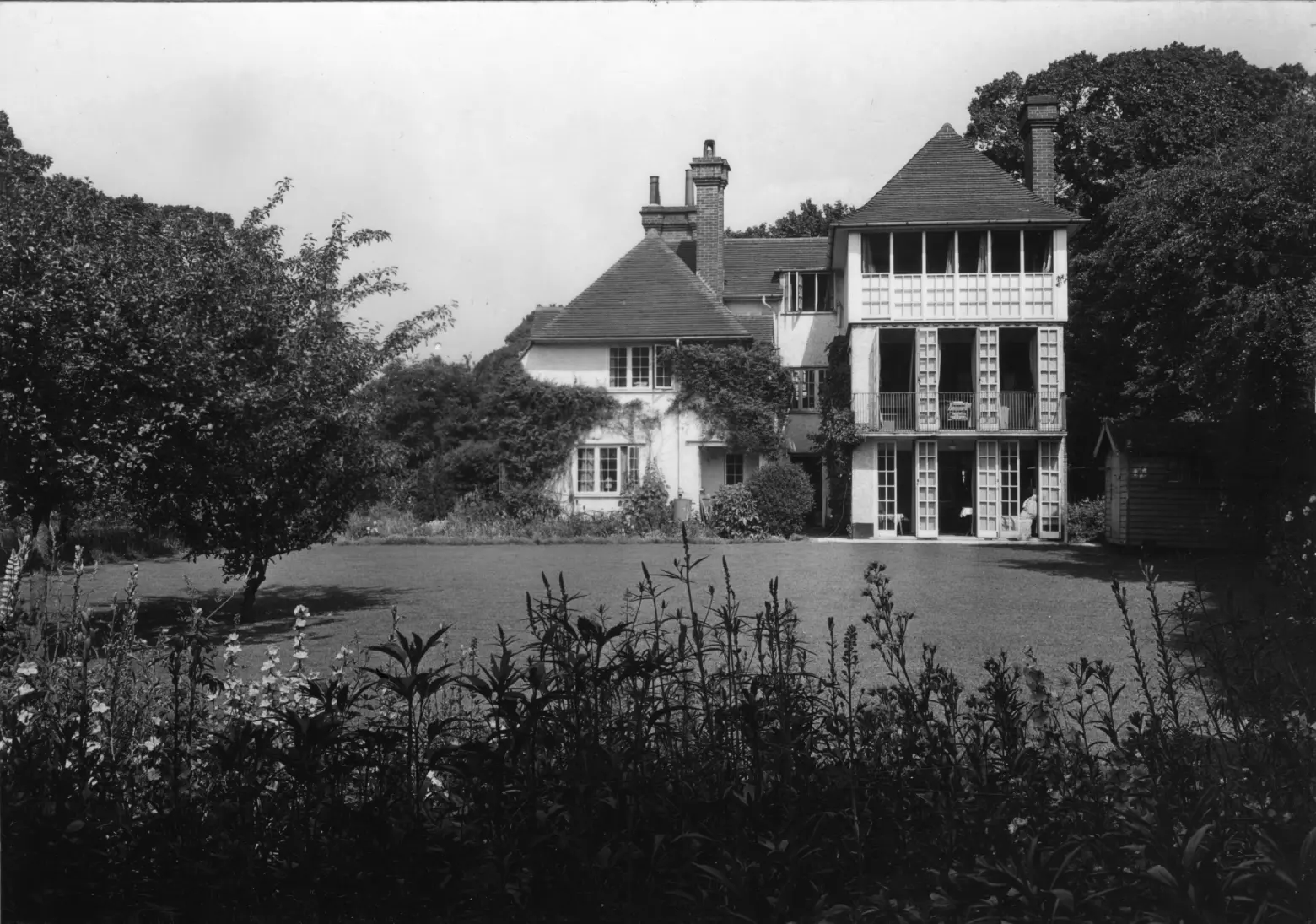
1935-36
The first part of Arunside (formerly Laneside) opened to house boarders.

1936
St Chris funds an annual travel scholarship.
1936
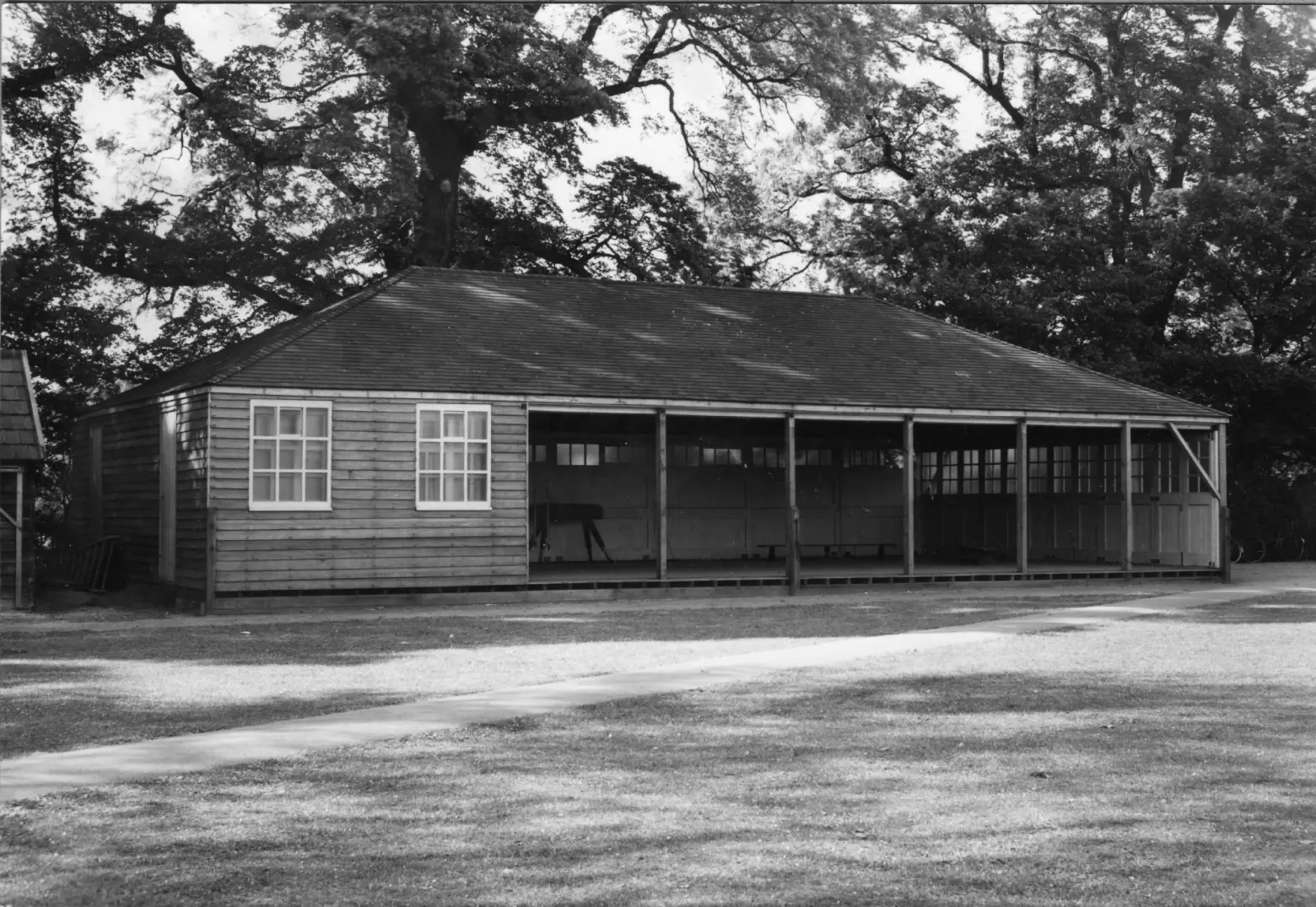
September 1937
The Outdoor Gym is built.
1937
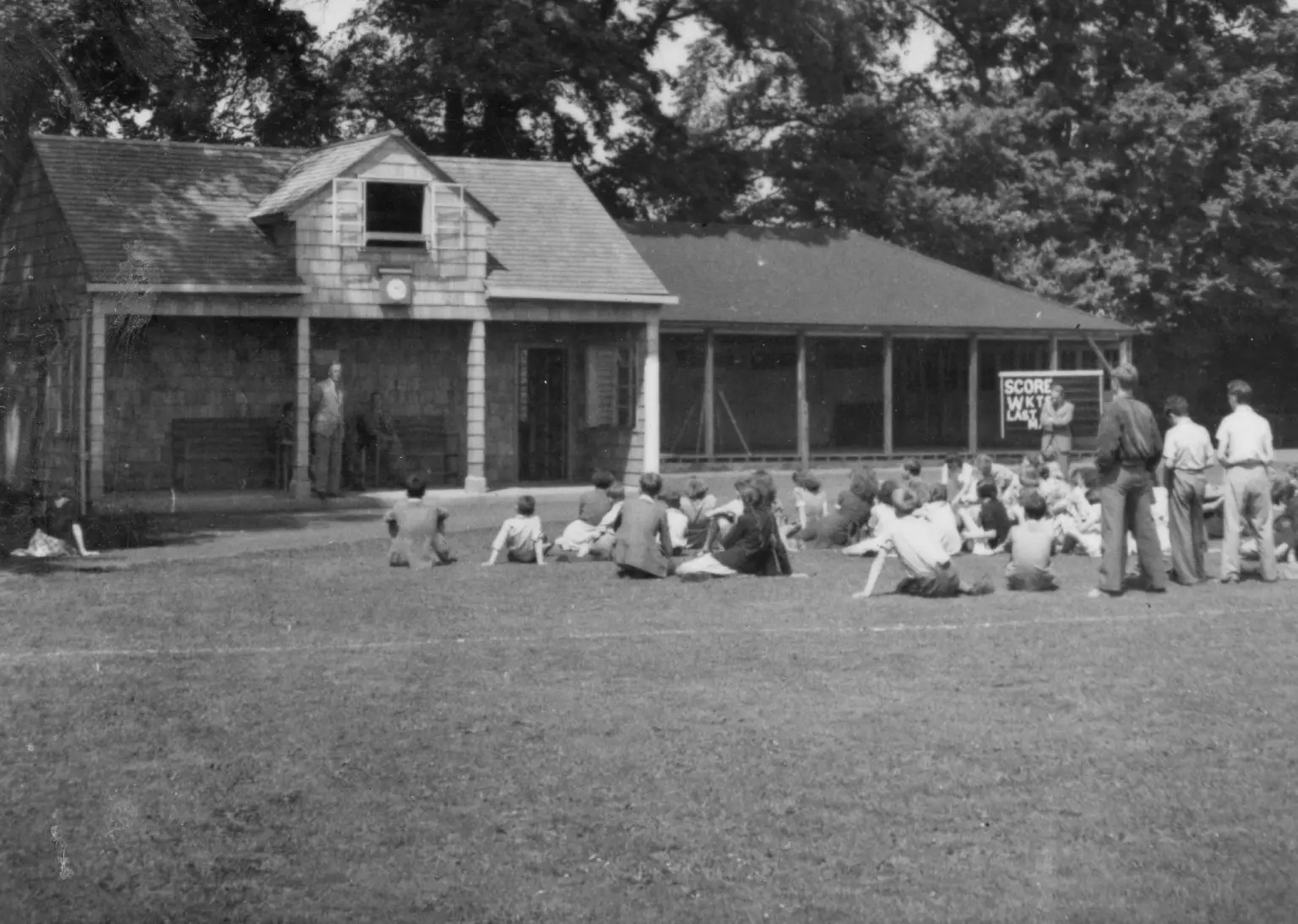
1937
Craft teacher, Stanley Parker, suggests the school build a cricket pavilion.

1937
Flood crisis in the Fens.

October 1937
The School decides to fundraise in support of relief work in Spain.

1938
School Council discusses abolishing school uniform for boys.
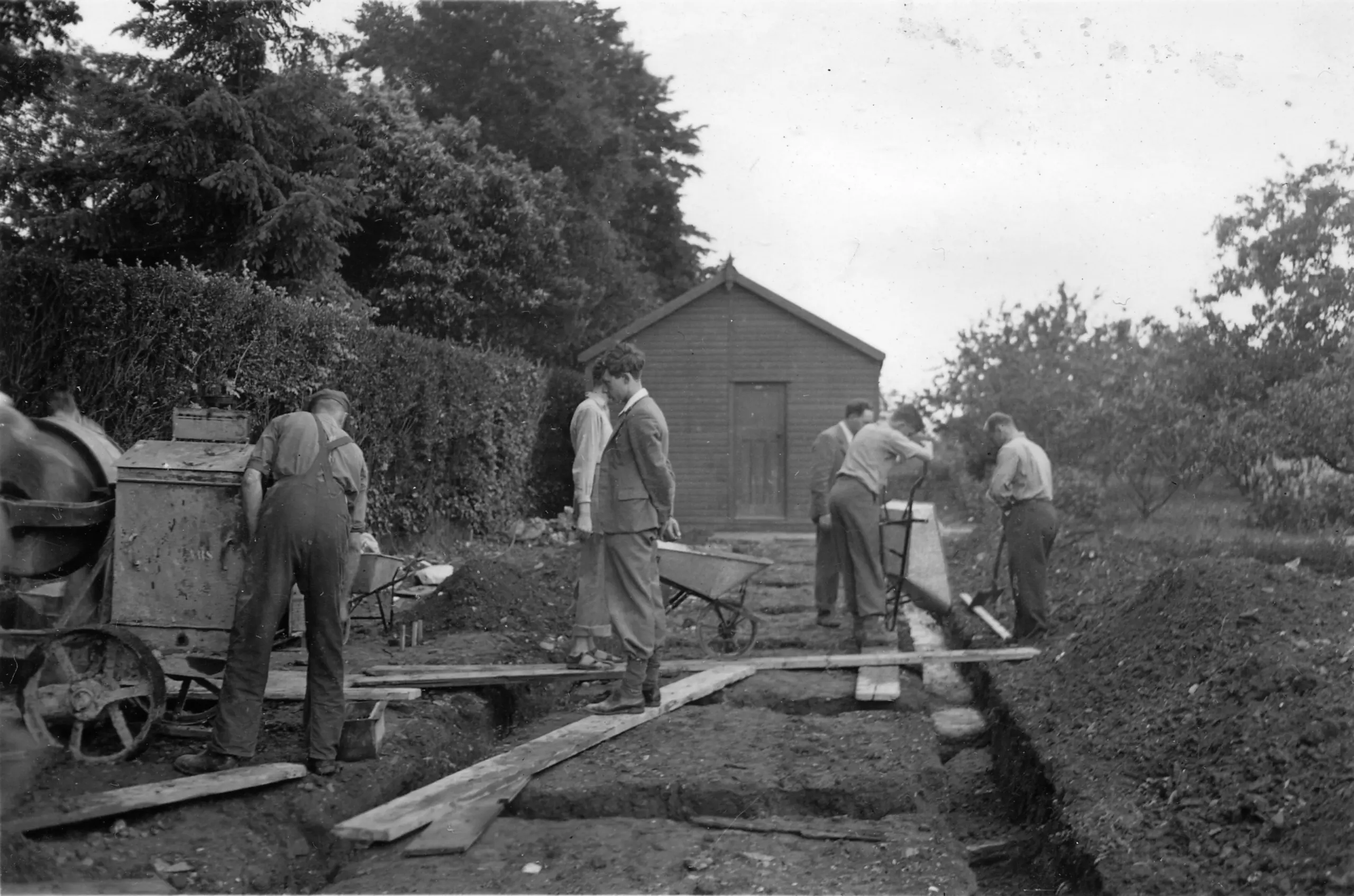
1939
The first row of Cells is built.
1939
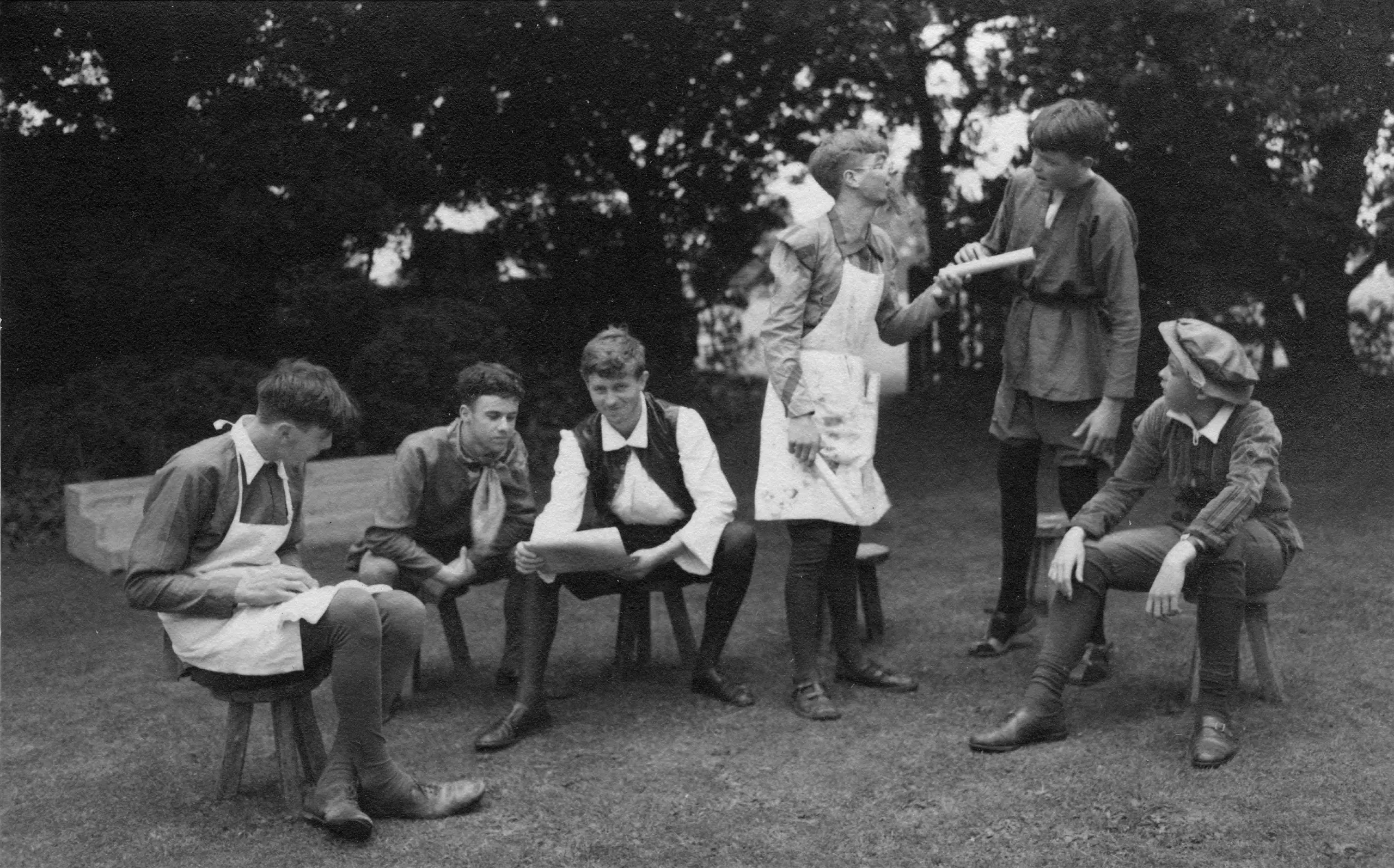
Summer 1939
Dr Maria Montessori gives the address at Parents’ Day.

Autumn 1939
The Science Society is the largest in the School, with a membership of 64.

Autumn 1939
History teacher Christopher Buckley, on sabbatical working as a reporter, is in Poland when war breaks out.
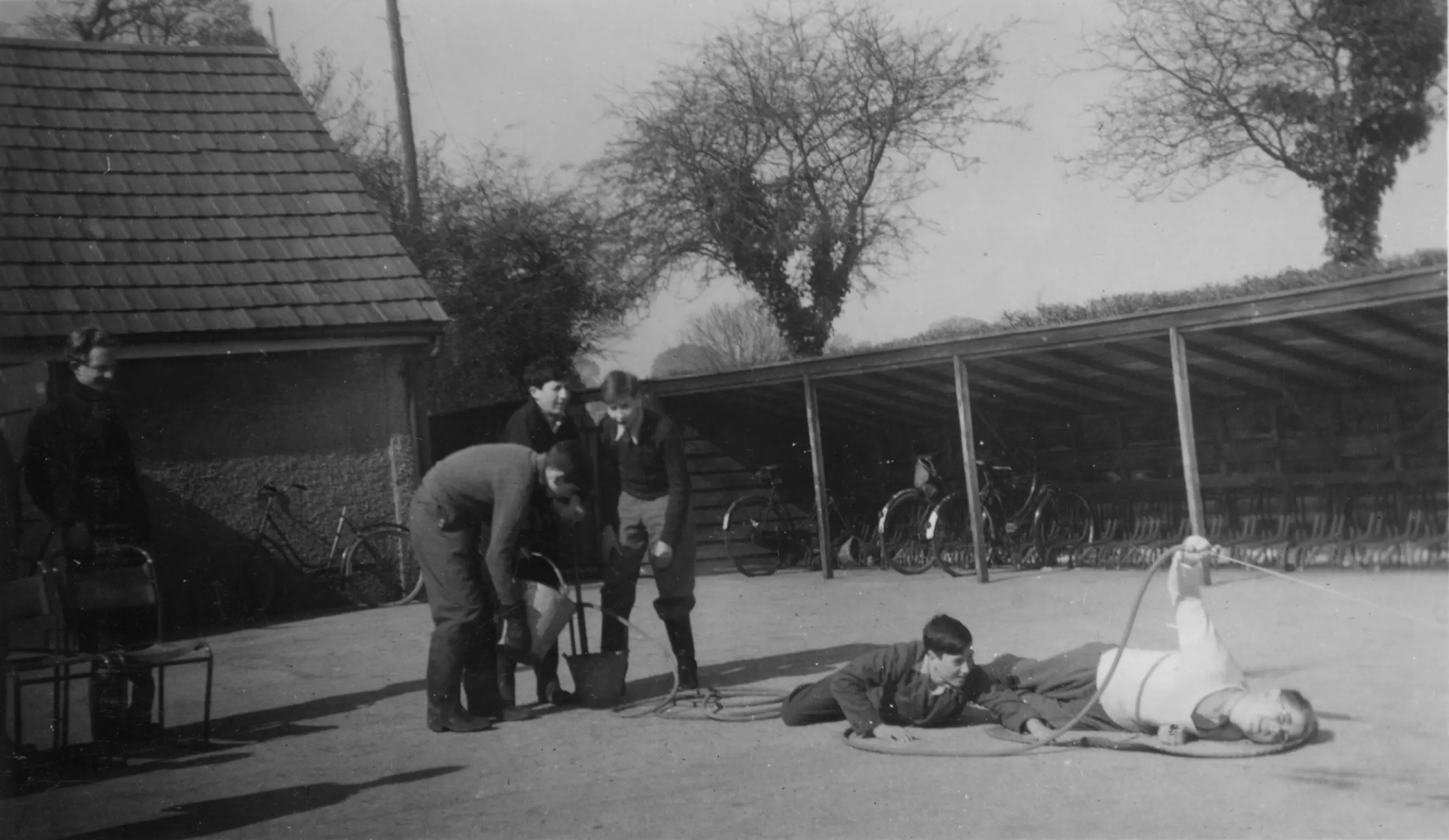
The onset of the Second World War transforms life at the School.
1939–45

1939
The School employs Margarete Kantorowicz, who adopts the name Margaret Kent, as dietician-caterer.
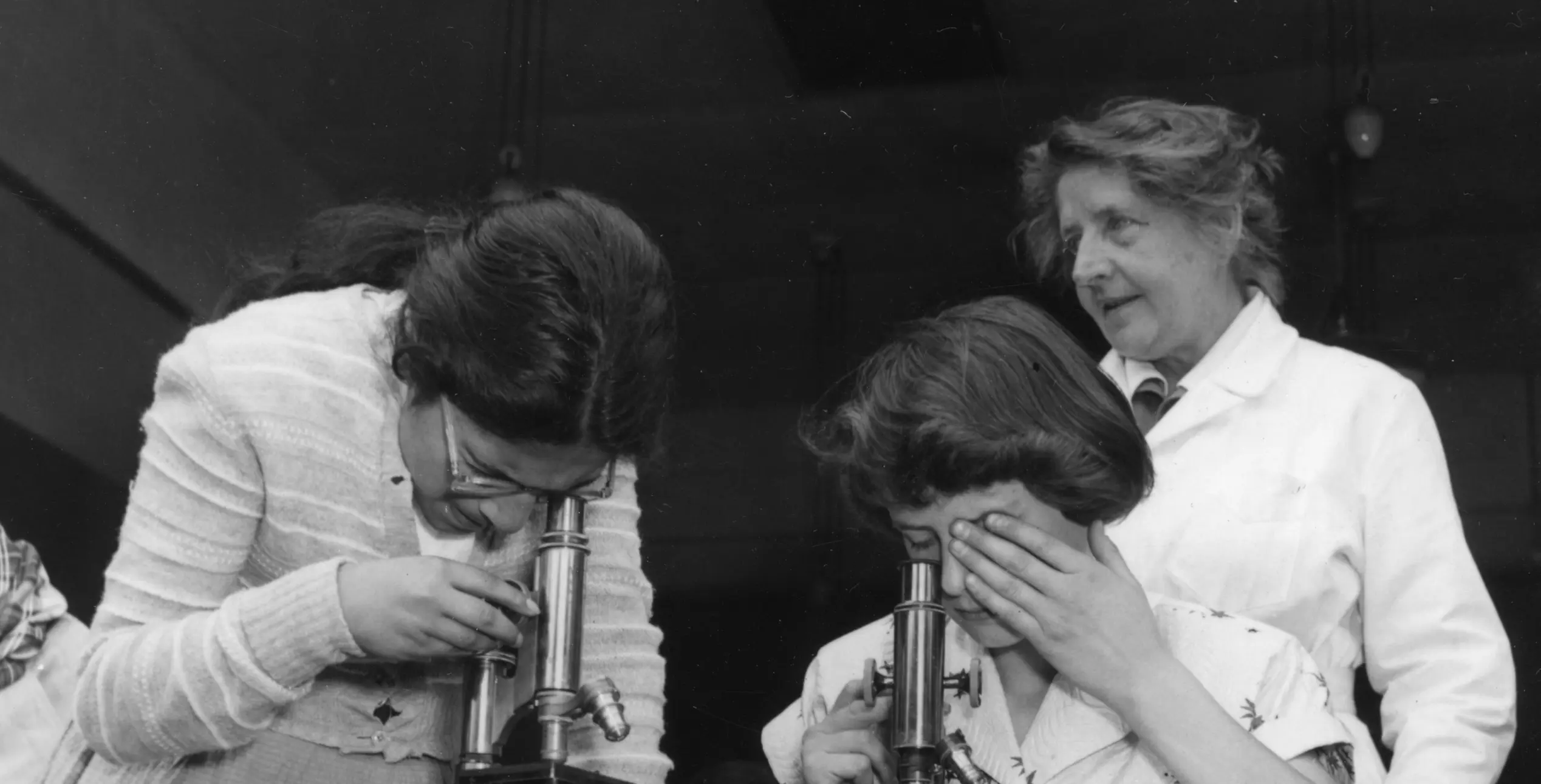
1940
Games teacher, Kurt Boehm, who escaped the Nazis back in 1933, is interned as an enemy alien.
1940

1942
The Old Scholars’ Reunion attracts well over 50 old scholars, despite wartime travel problems.

1943
A Post-War Reconstruction group is formed and meets regularly on Monday evenings with history master Ronald Church.
1943

1943
Sixth former Roger Atkinson, with the aid of fellow student Bernard Lloyd, runs a “travel bureau” from his boarding room, to advise students the best way to deal with the wartime travel problems.
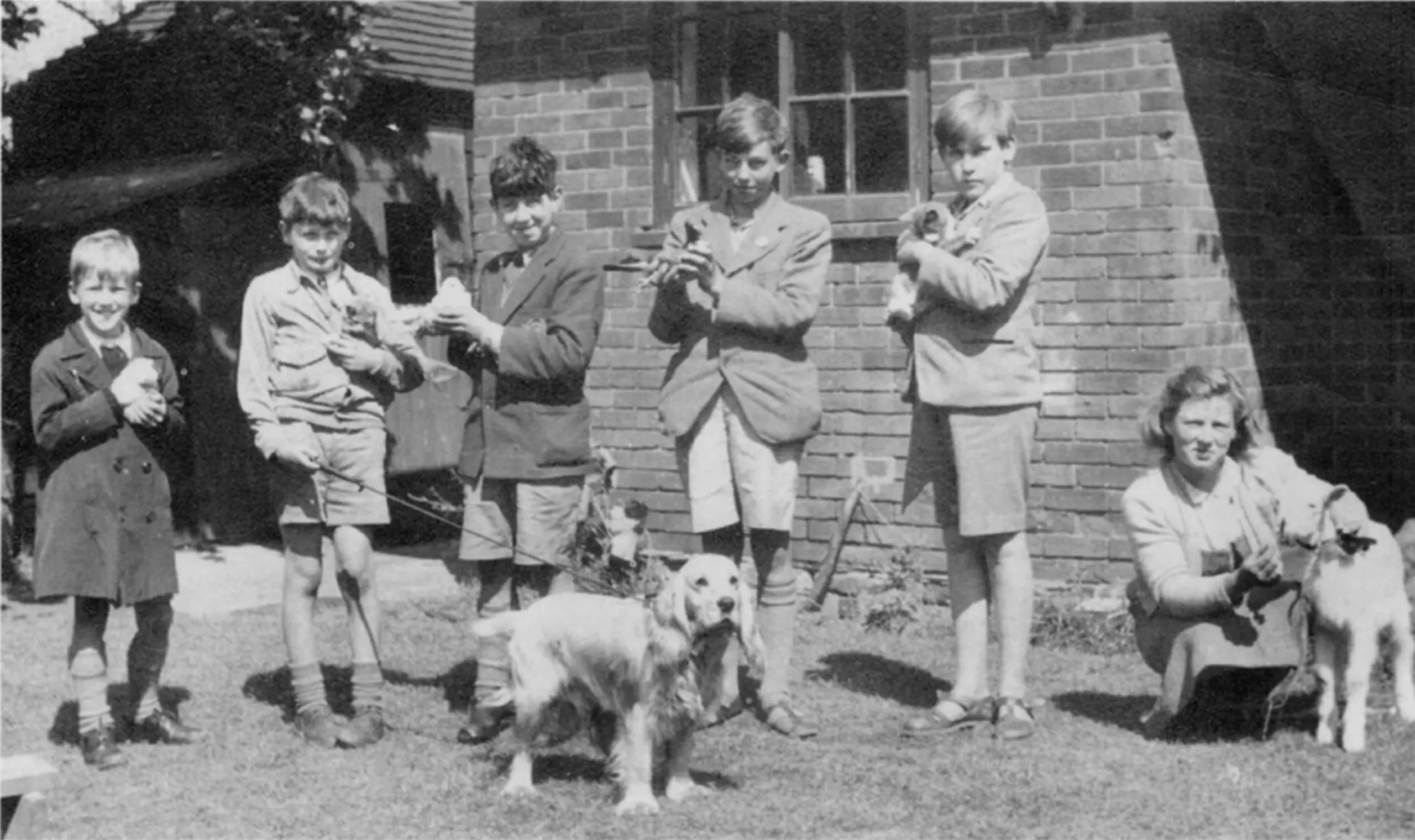
1944
The informal young farmer’s club started in 1943 becomes official.
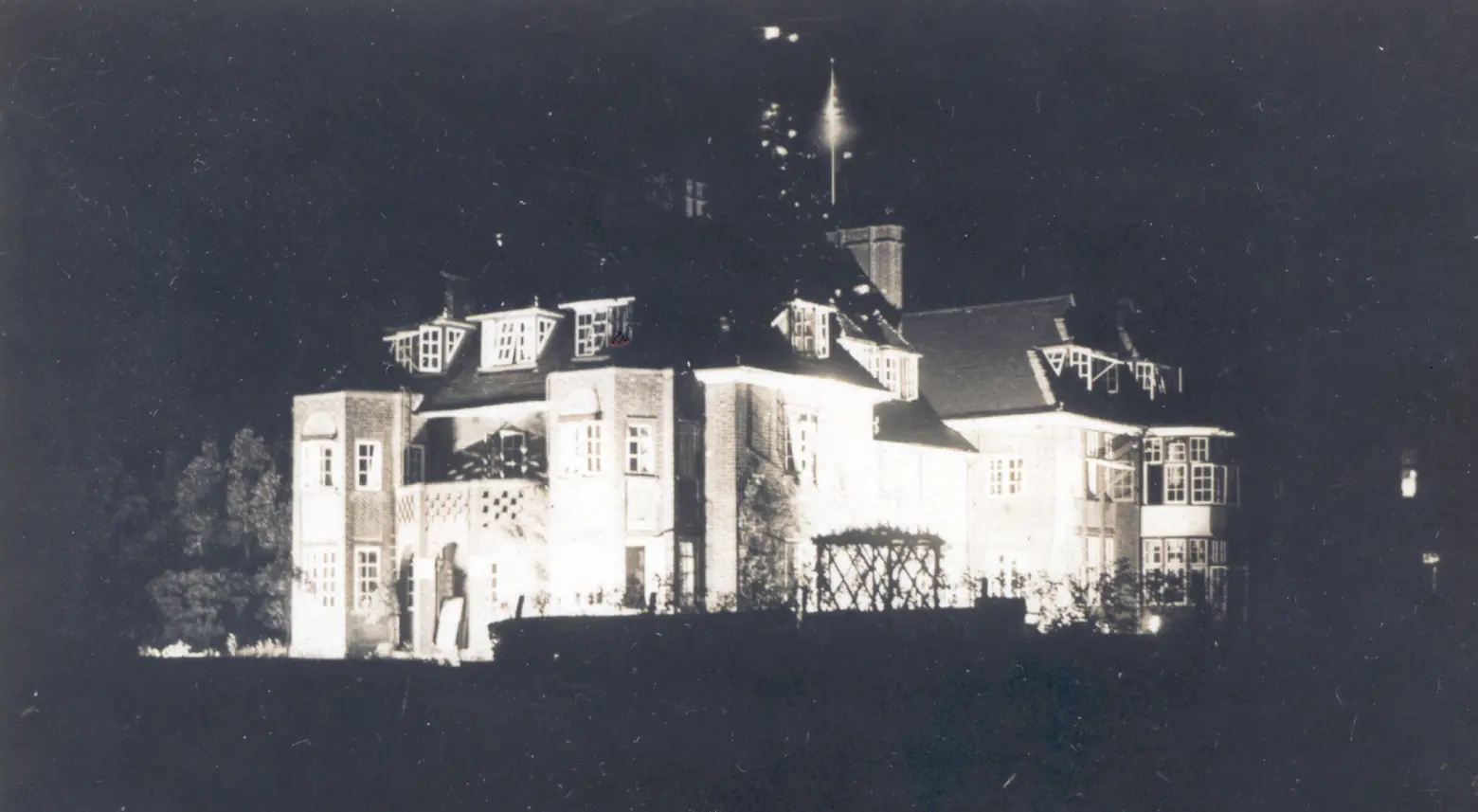
1945
Arundale is floodlit to celebrate VE Day in May 1945.
1945

December 1945
A correspondence link established with a school in New Rochelle, USA.

Spring 1946
The water-logged trenches at the top of the field find some good use.
1946
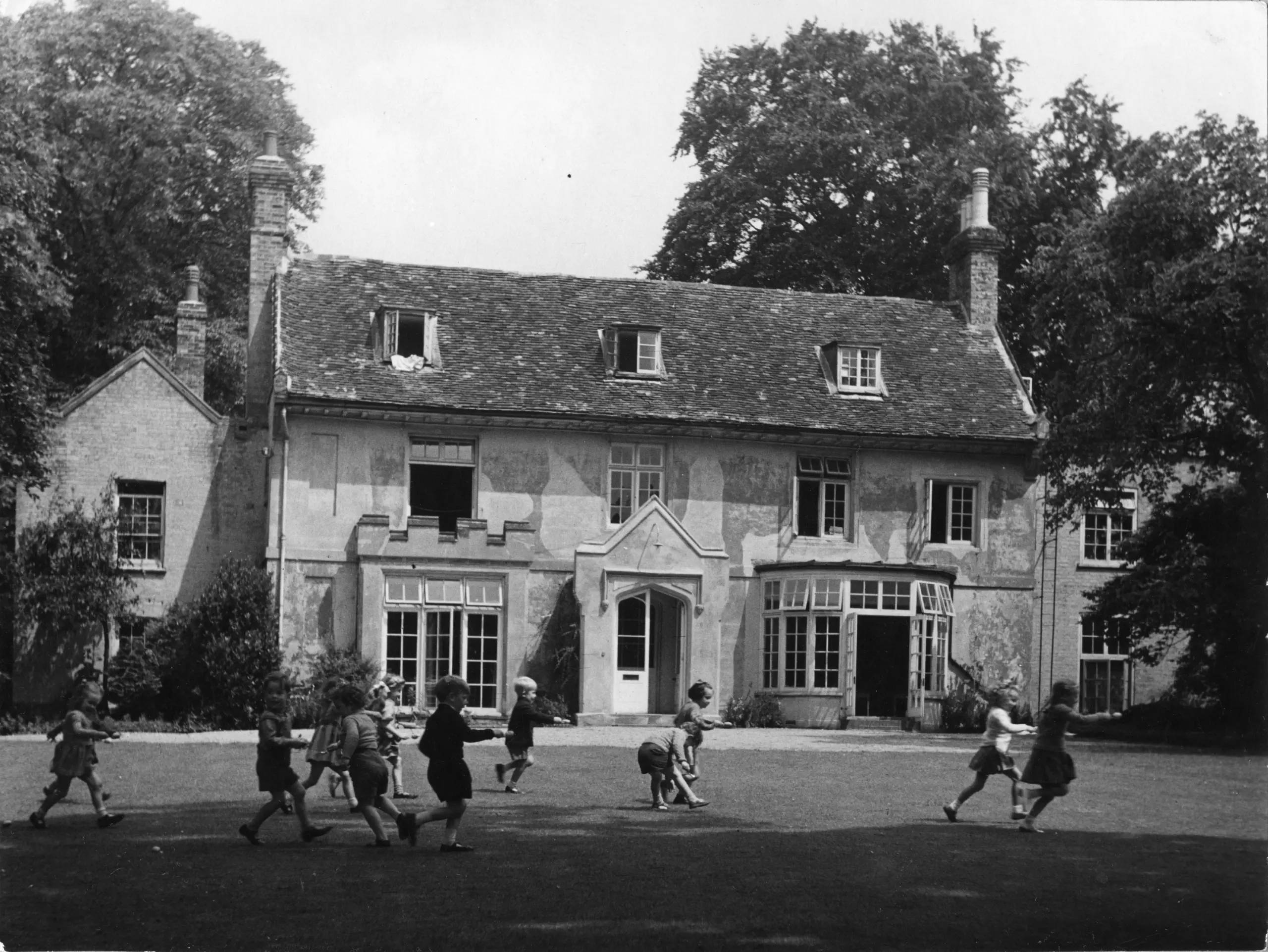
1947
Arunfield is bought and used to house the Montessori department.
1947
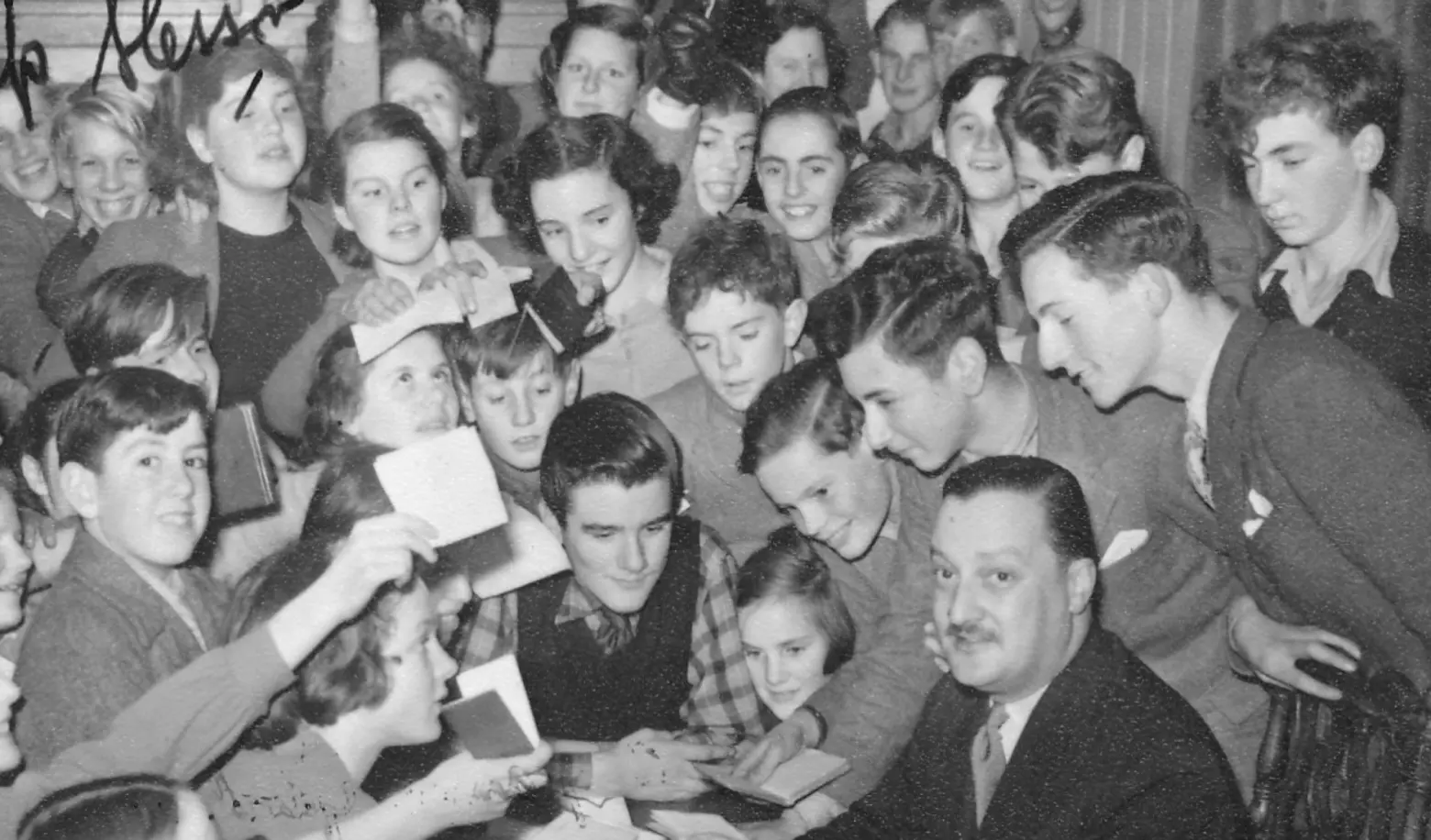
1950
The Film Society is now the largest in the School.
1950

30 May 1951
Letchworth’s contribution to the Festival of Britain is a concert performance.
1951
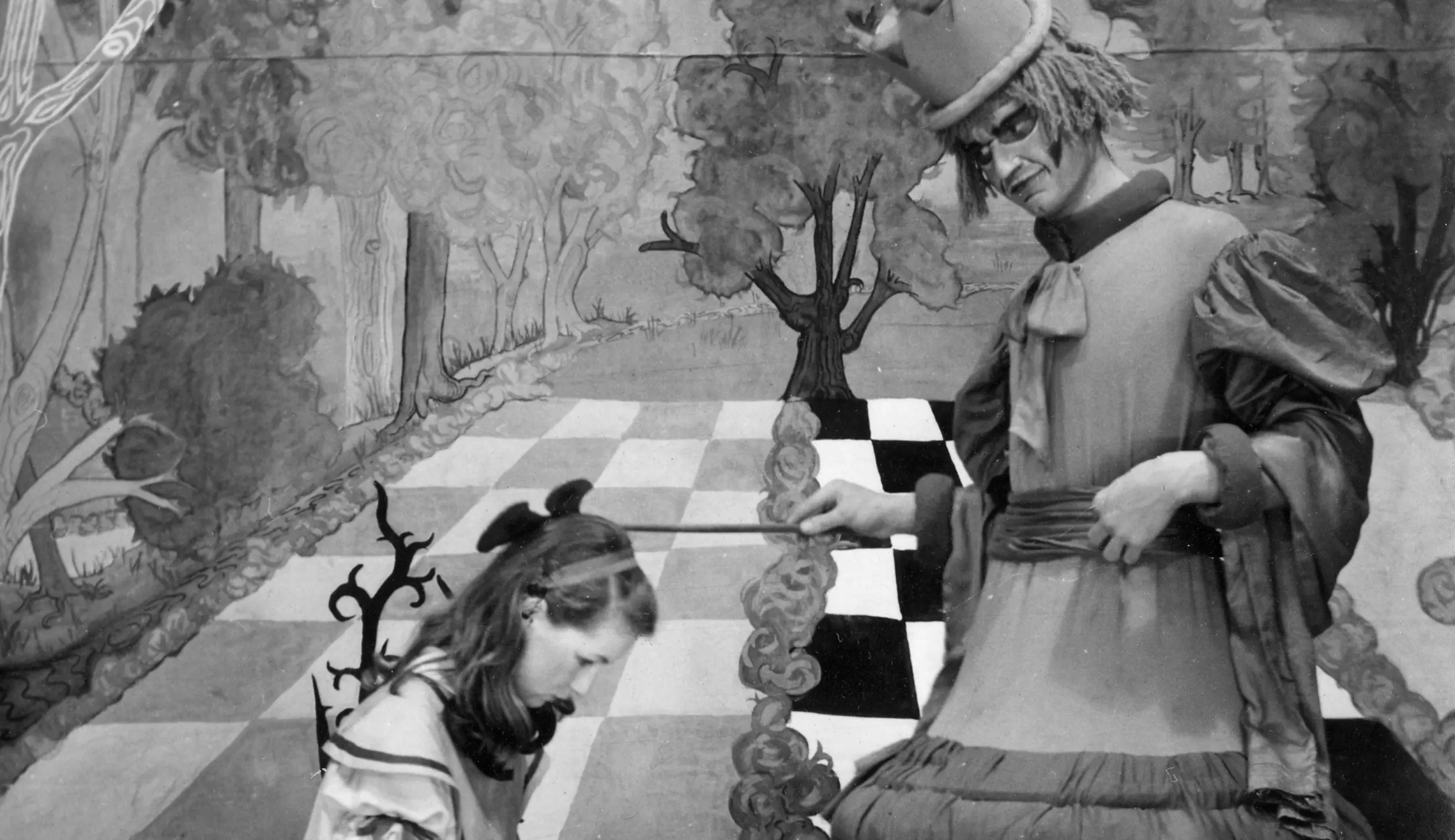
March 1952
Production of Alice through the Looking Glass.
1952

December
Lyn and Eleanor Harris retire.
1953
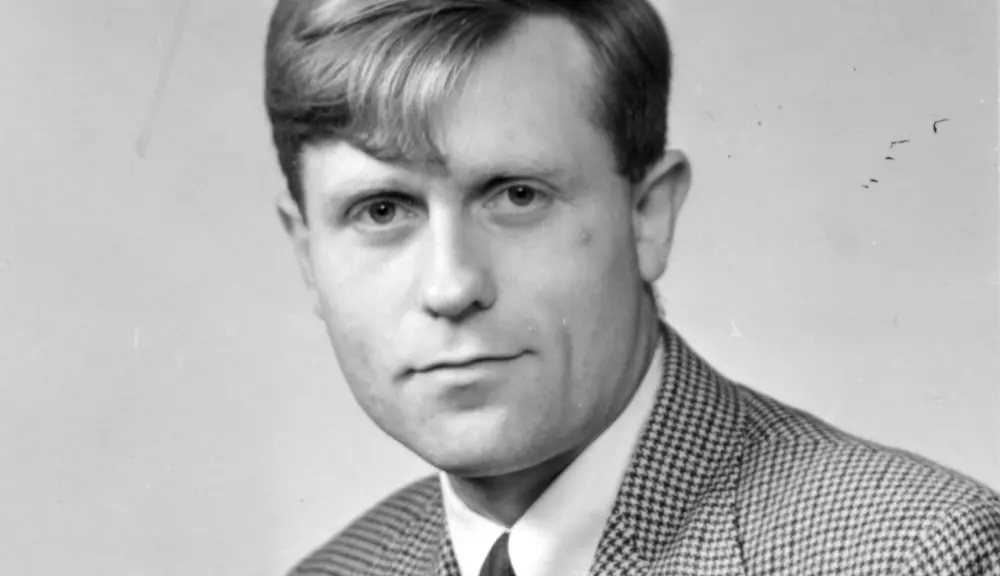
1953 – 1960
Nicholas takes on a formidable programme of building works.
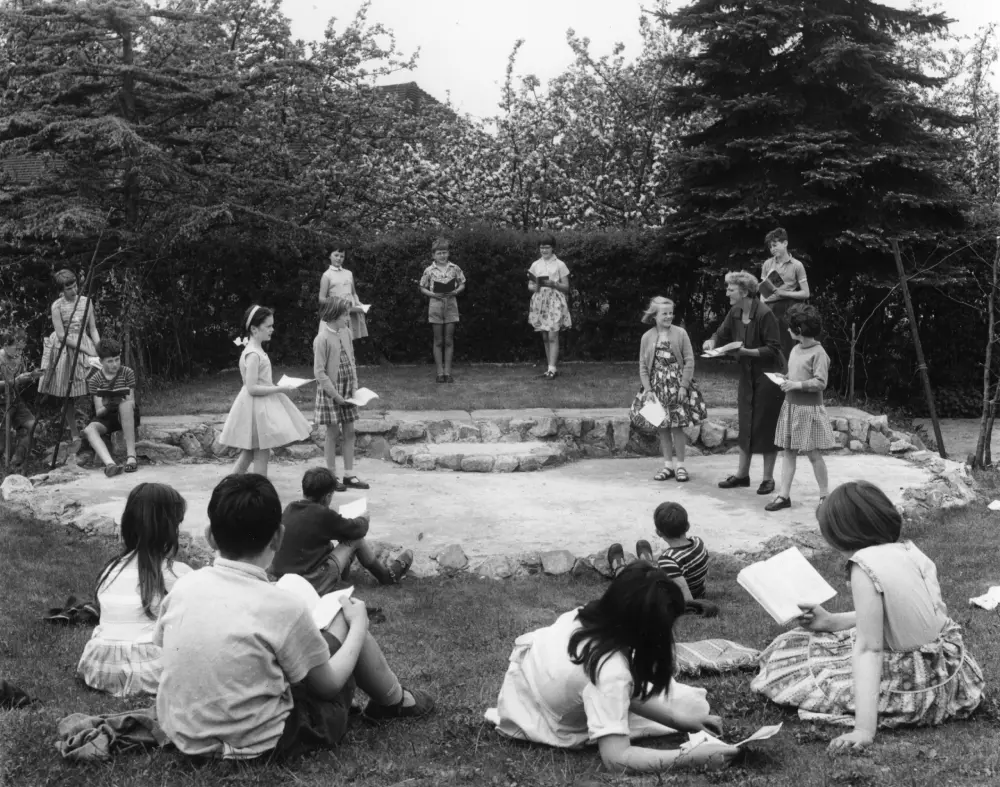
1954
Work is started to create an outdoor theatre next to the Junior School.
1954
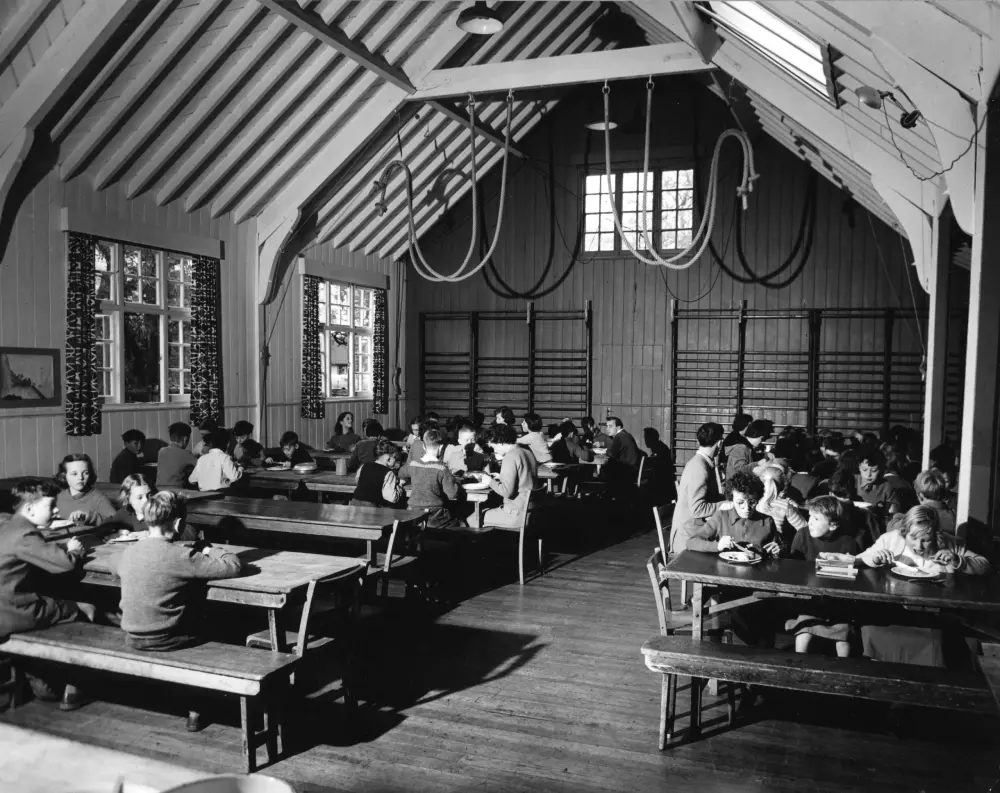
Autumn 1956
Buffet system introduced at lunch.
1956
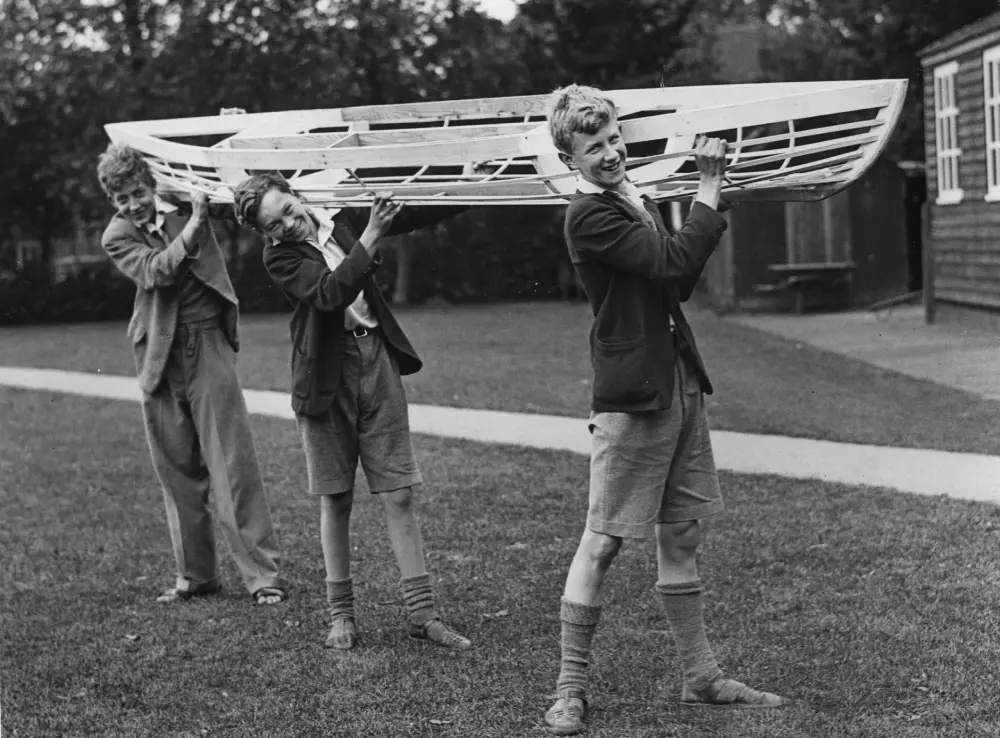
1957
Boat building is the latest crazeBoat building is the latest craze.
1957

Summer 1957
A BBC camera crew arrive at an hour’s notice.
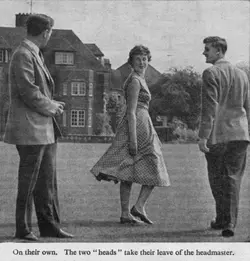
June 1958
Staff Holiday is featured in the Times Educational Supplement.
1958

Spring 1960
A tape recording group is started by French teacher Derek Hill.
1960

Summer 1960
An enterprising student founds The Ambulatory Tuck Shop, financing it by selling shares at a shilling each.
1960

1960s
Drama festivals are given fresh energy. One two-day festival involved 110 actors and 26 stage staff!

1961
The first phase of the new science block comes into use.
1961
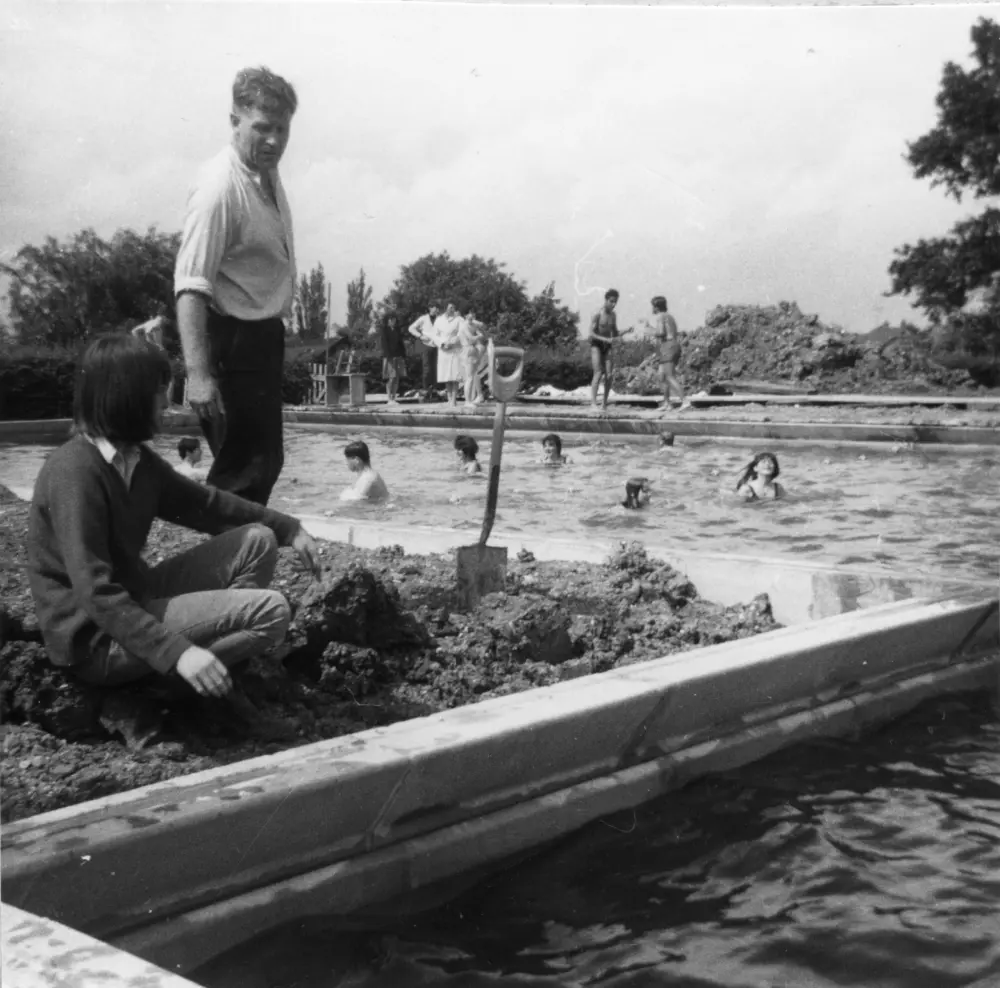
1961
The building of the swimming pool.
1961

Autumn 1963
Pupils decide to form an Amnesty International Group following a talk by the Letchworth group, working for three prisoners of conscience.
1963

Spring 1964
The School gives the World Premiere of Alan Bush’s opera. The Ferryman’s Daughter, with libretto by his wife Nancy, an old scholar.
1964

Summer 1964
American Day held, to raise money for the swimming pool. Tea renamed the Boston Tea Party, and a Domesday machine in the courtyard, welded from sundry scrap materials.

1967
Pupils and staff host the first children’s holiday for disabled children from London, which continued until the late 1980s. Volunteering and altruism are still a key part of the School’s philosophy.
1967

December 1945
A correspondence link established with a school in New Rochelle, USA.
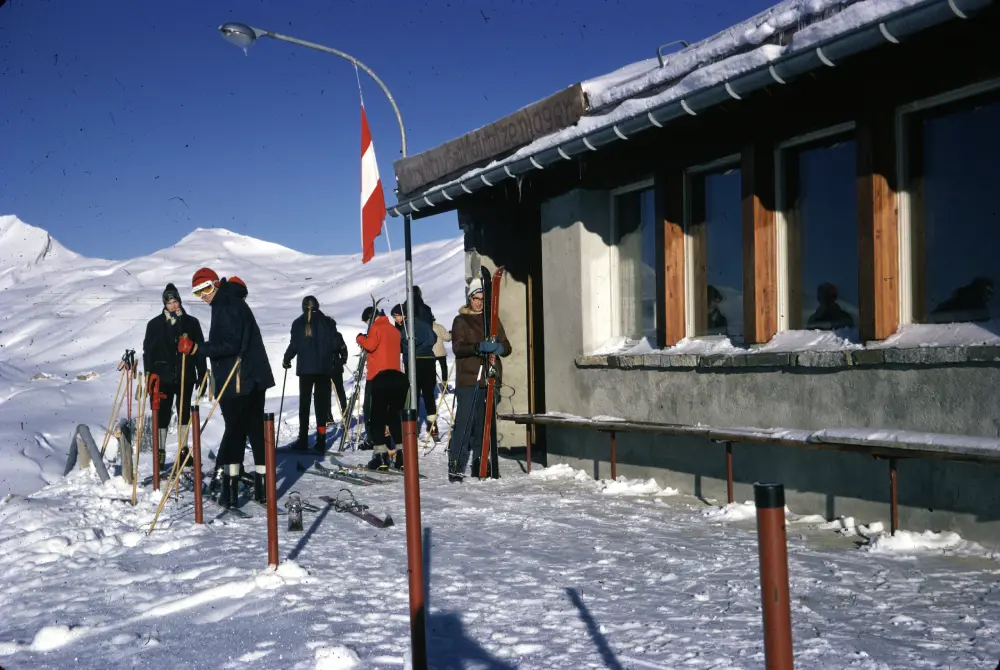
1969
Trips and travel continue to play a part in St Chris’ internationalist outlook.
1969
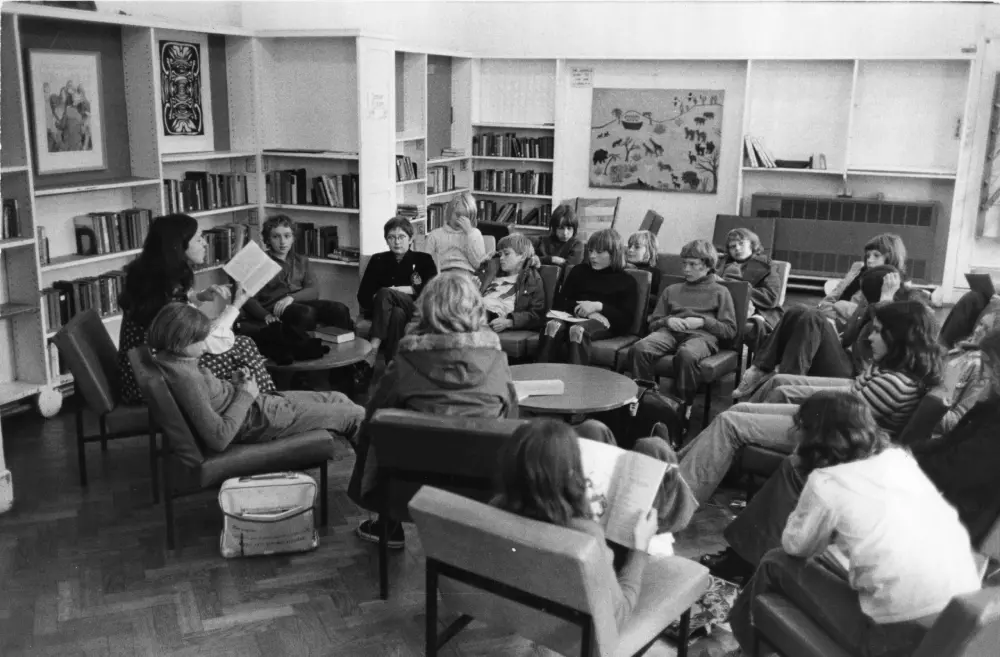
Autumn 1969
The second phase of the science block is now complete and physics teaching moves there.
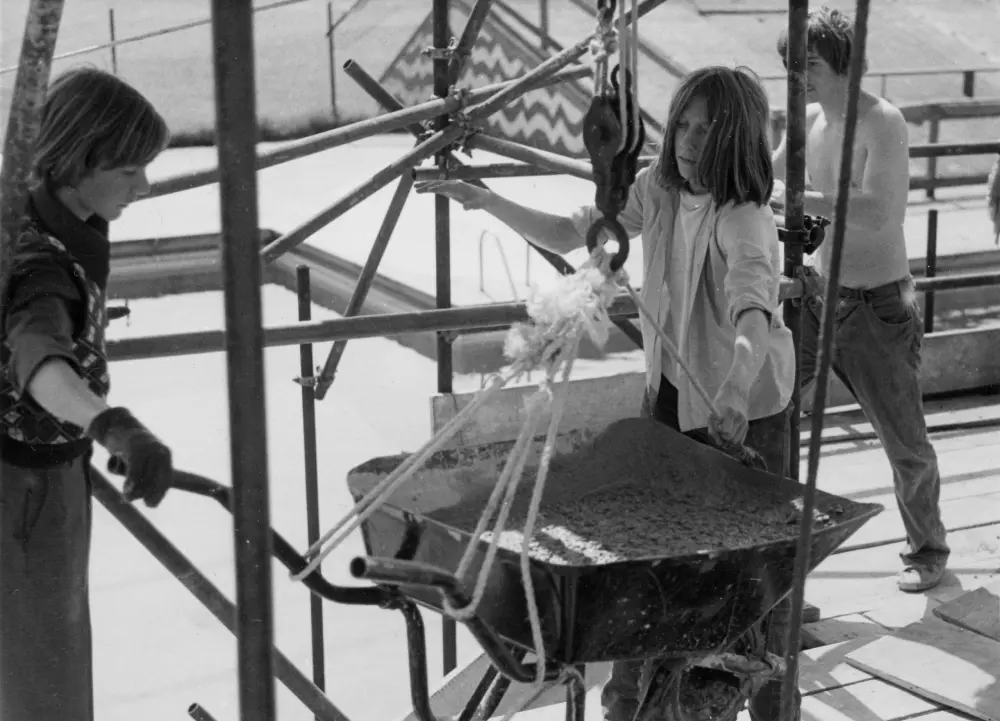
1974
A concrete three and five metre diving stand is built to complete the swimming pool. This is again done by pupil labour, with a member of staff employed to supervise.
1974

April 1980
Nicholas Harris is tragically killed in a cycling accident in Gozo.
1980

1981
Colin Reid appointed as Head (1981 – 2006).
1981

1982
A new theatre and sports hall open.
1982

Further developments continue apace including a craft, design and technology workshop;
1982–2007

Spring 1984
Members of the V and VI Group found the Young Enterprise Company.
1984

1989
Vegetarian cookbook A Square Meal.
1989
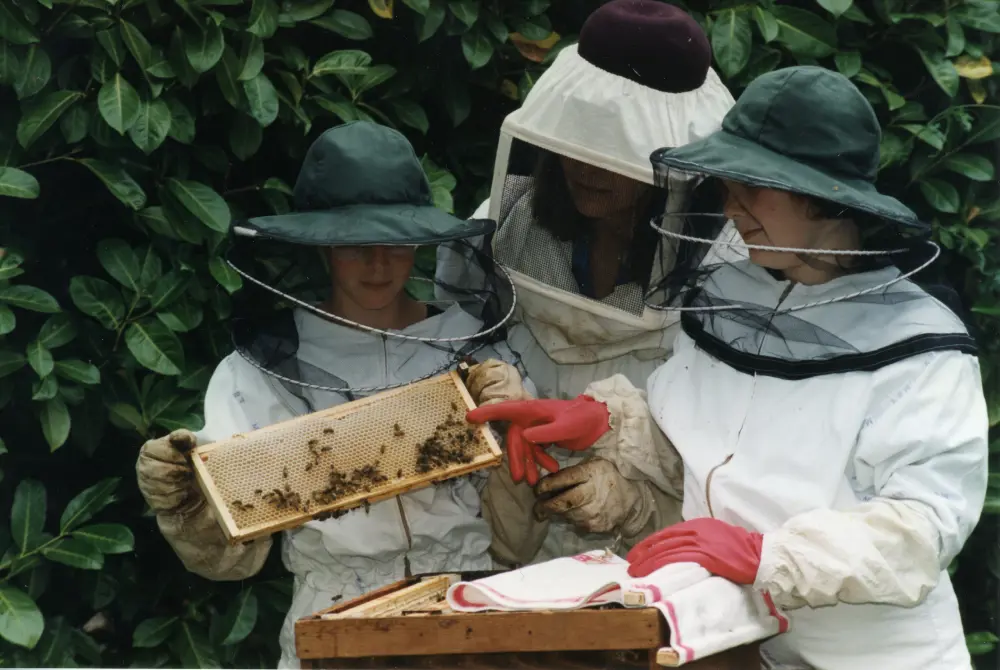
1989
The Guilds are revived in a desire to balance the era’s focus on individualism with community experience and activism.
1989

May 1990
Launch of the Rajasthan Project.
1990
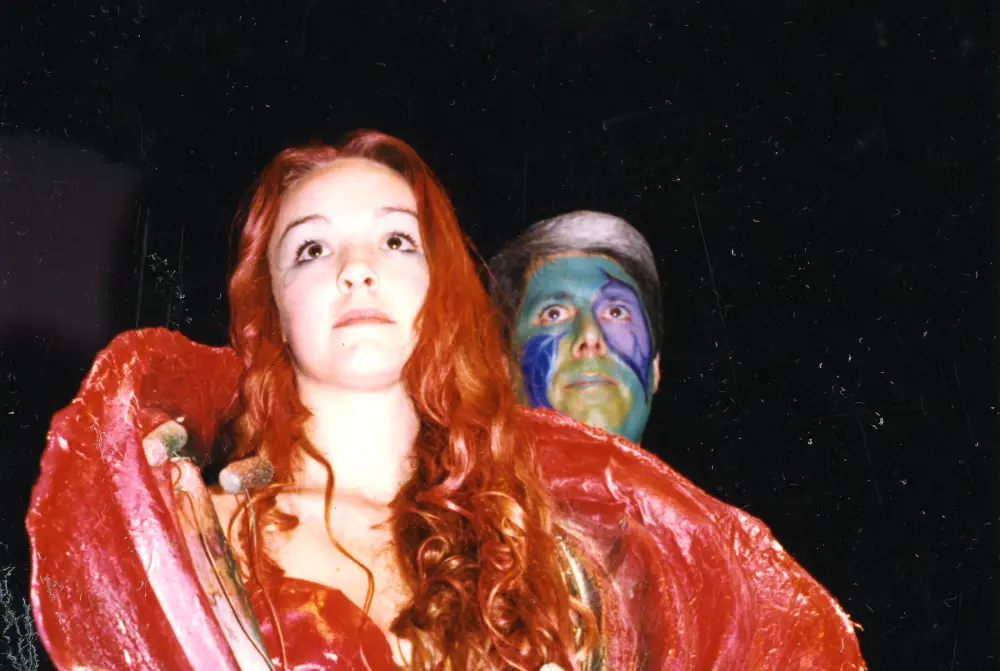
1994
First St Chris Recycled Fashion Show.
1994
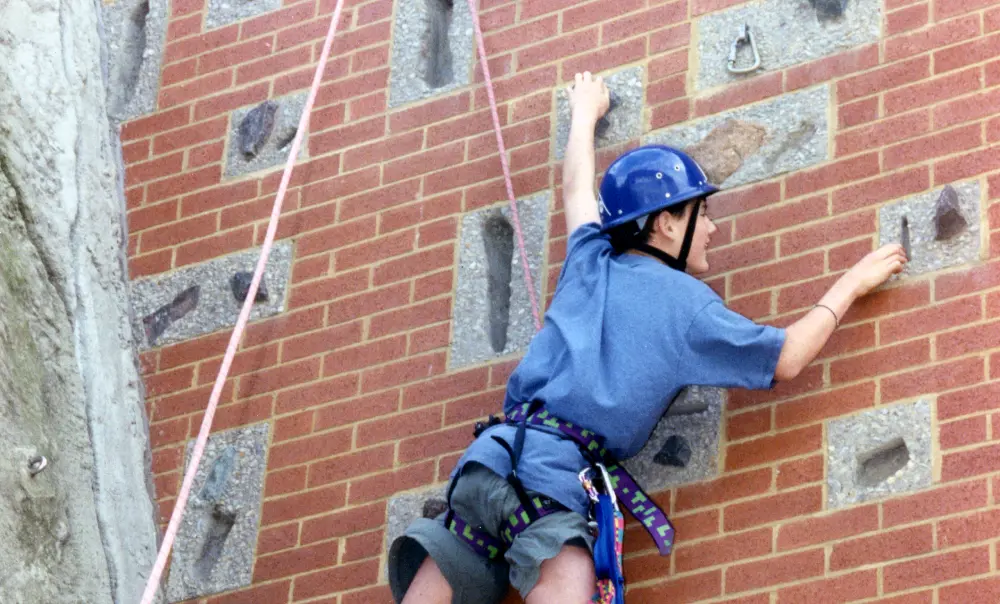
1960s
The addition of a climbing wall brought the world of outdoor adventure pursuits directly into the School.

1997-98
The School acquires Ladybarn, formerly the home of Annie Lawrence who built The Cloisters, and more recently an old people’s home.
1997
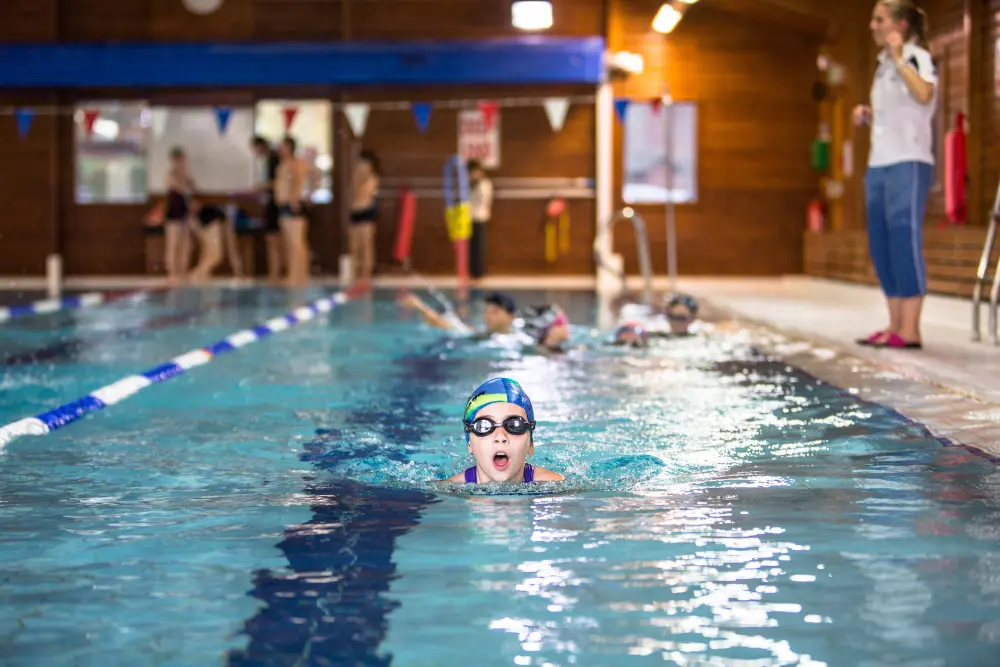
1999-2000
A Millennium appeal fund enables the swimming pool to be converted into an indoor facility which can be used all the year round, not only during the warmer part of the summer term.
1999

Summer 1957
A BBC camera crew arrive at an hour’s notice.

2000
The School is awarded a grant of £3000 by the Hertfordshire Groundwork Trust to develop a vermiculture composting unit for all its food waste in large wooden boxes.
2000

Summer 1957
A BBC camera crew arrive at an hour’s notice.

2004
Donald Wilkinson appointed as Head (2004 – 2006).
2004
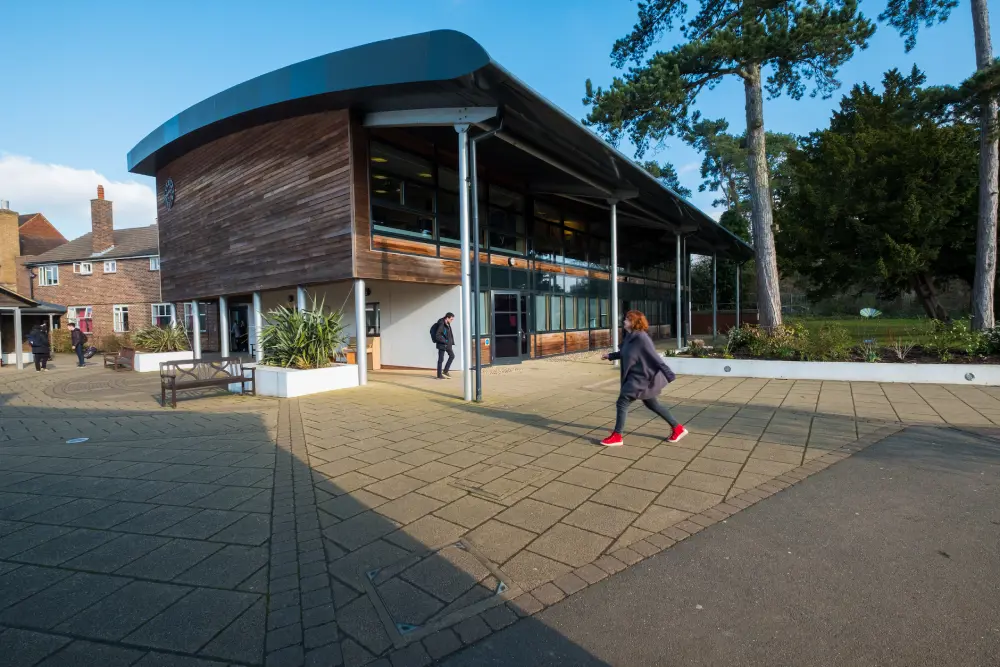
June 2004
The new ICT building with computer suites on the ground floor and English teaching above, is formally opened.
2004
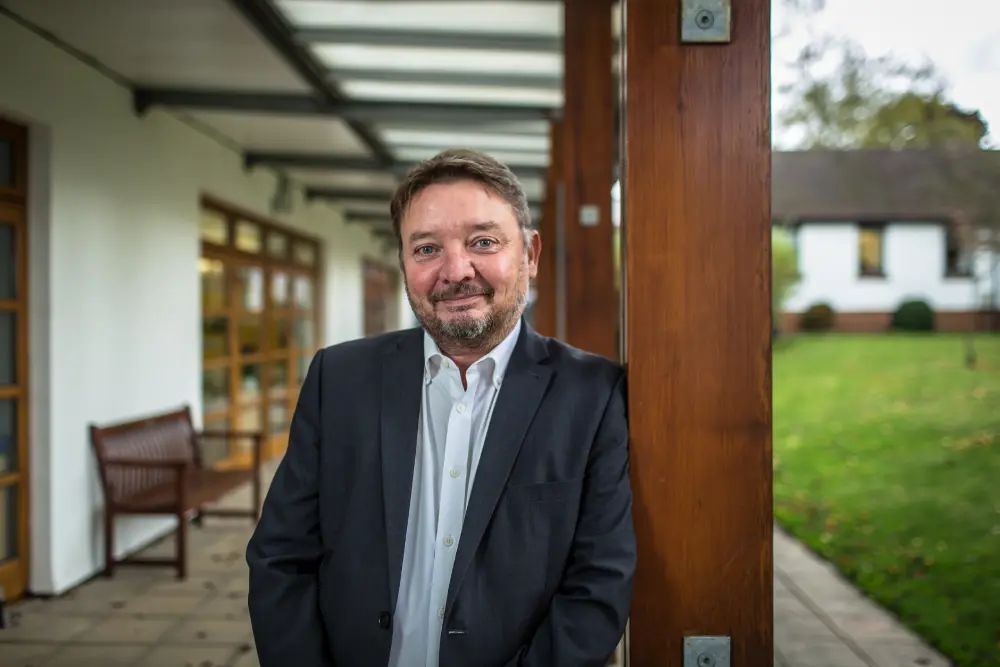
2006
Richard Palmer appointed as acting and then, in 2007, permanently as Head.
2006
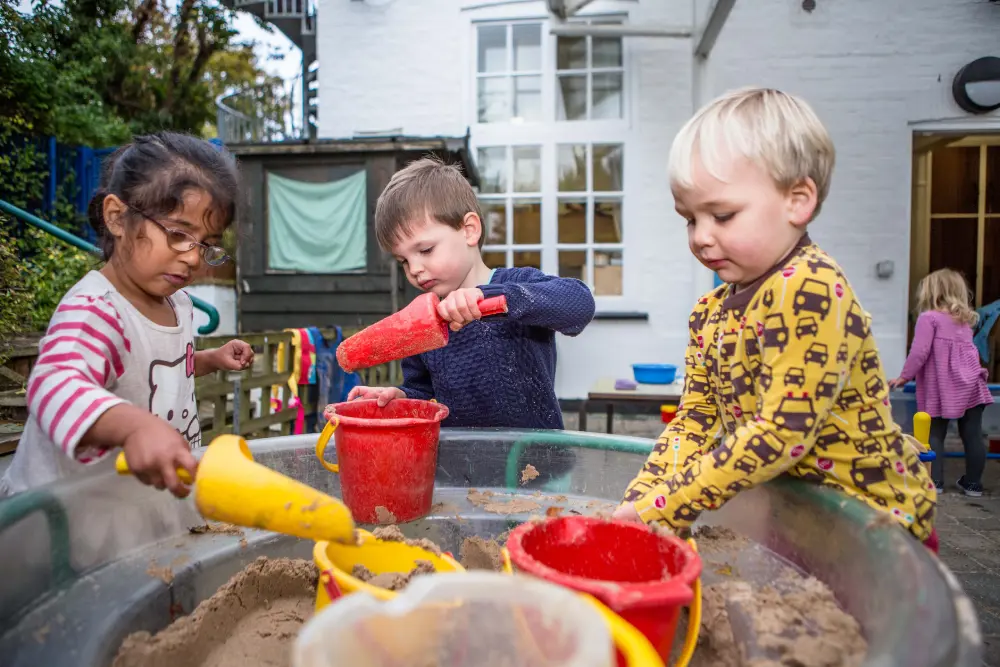
2008-9
Establishment of an Early Years Centre at Arunwood, Laurence Olivier’s childhood home.
2008
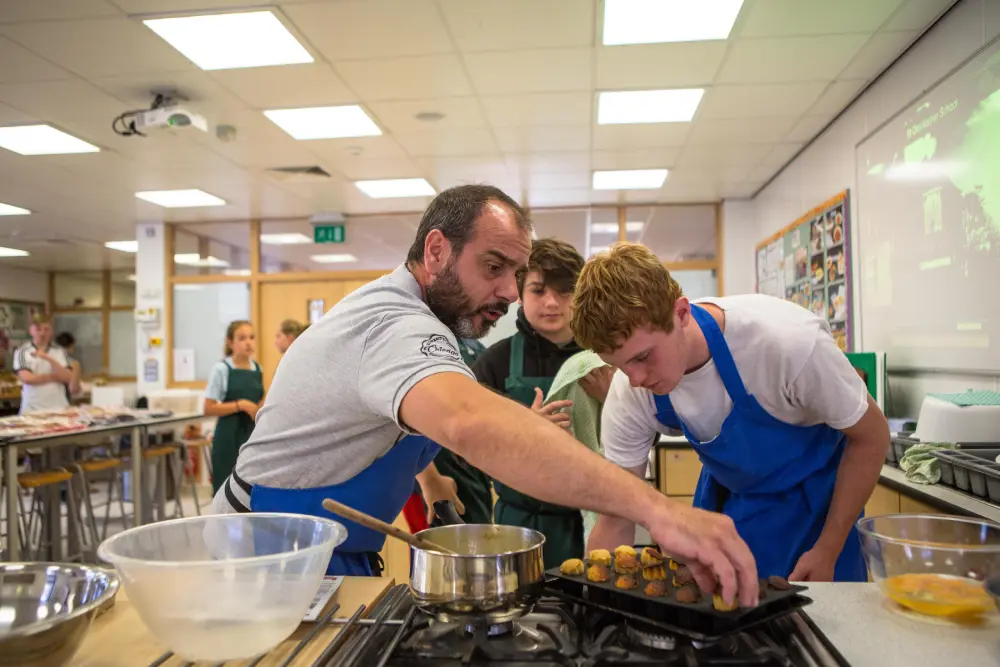
2011
Redevelopment of the School’s cookery centre, known the Vege Centre.
2011

2020 - 2023
Emma-Kate Henry appointed as Head.
2020
